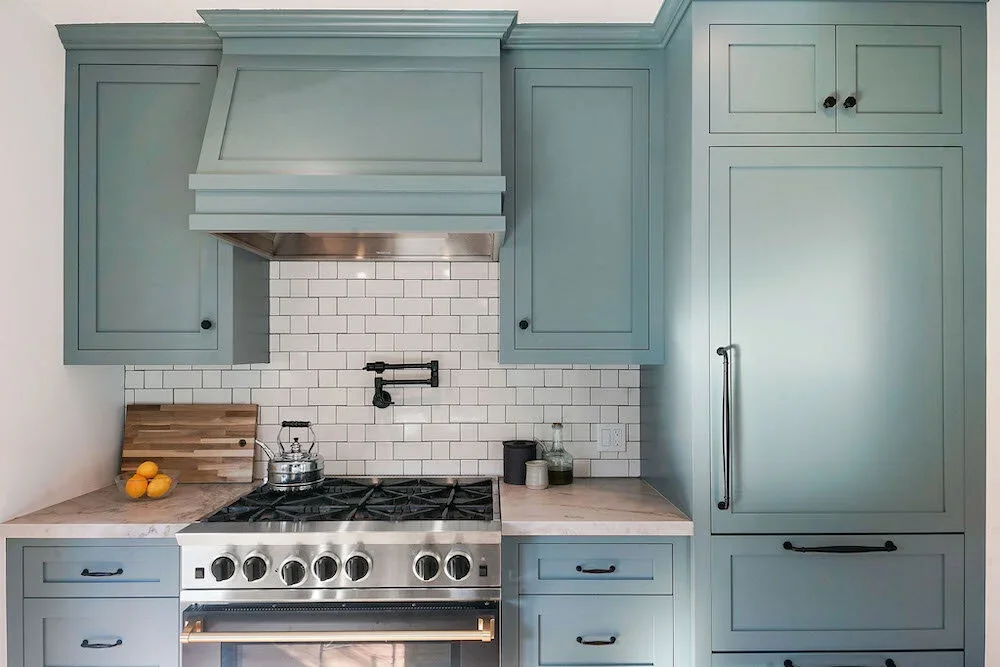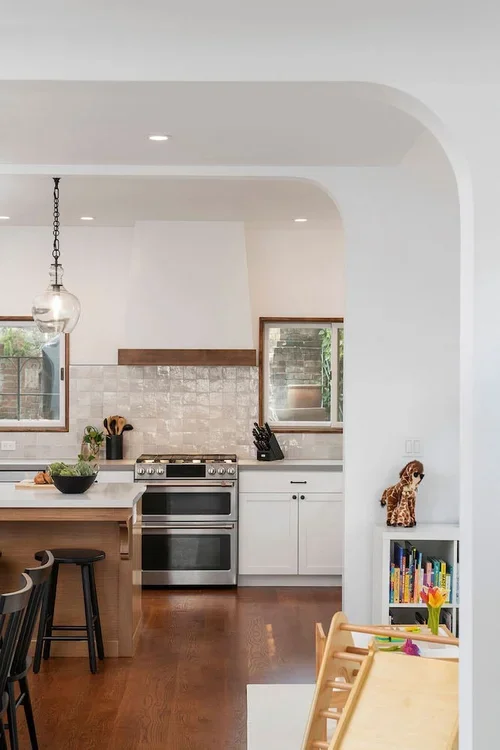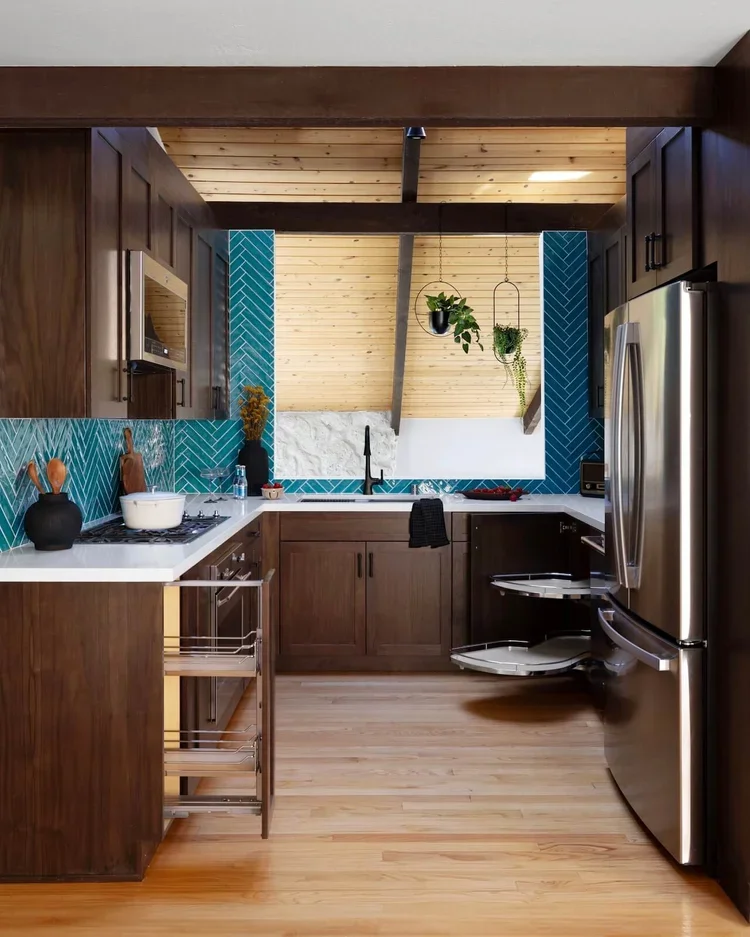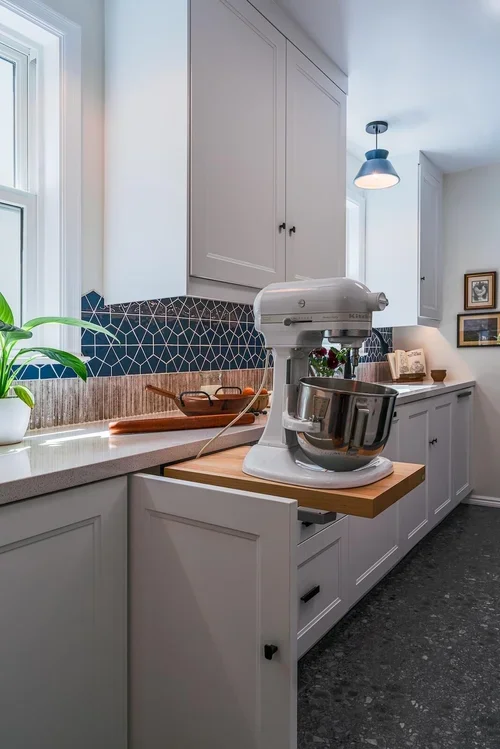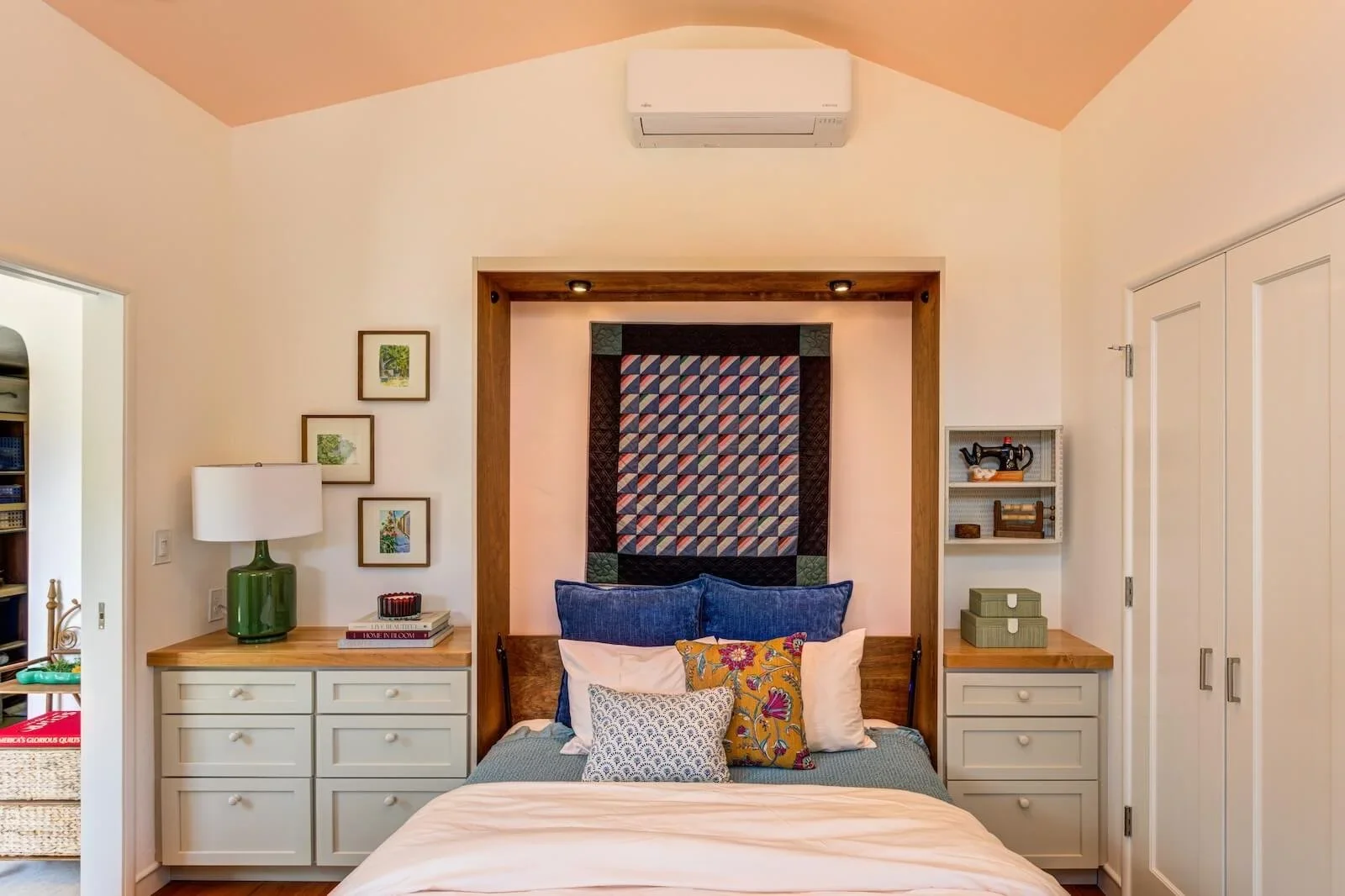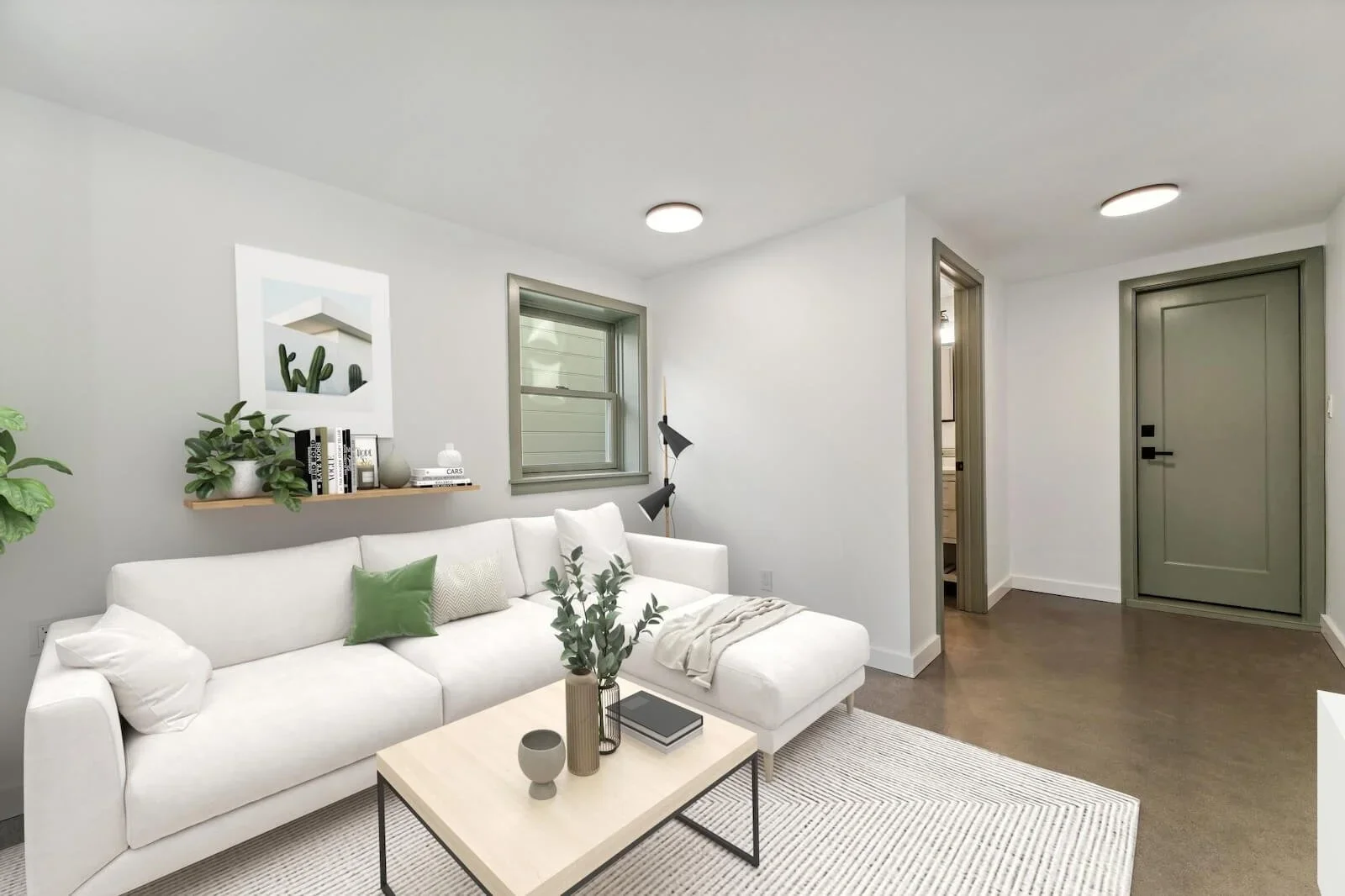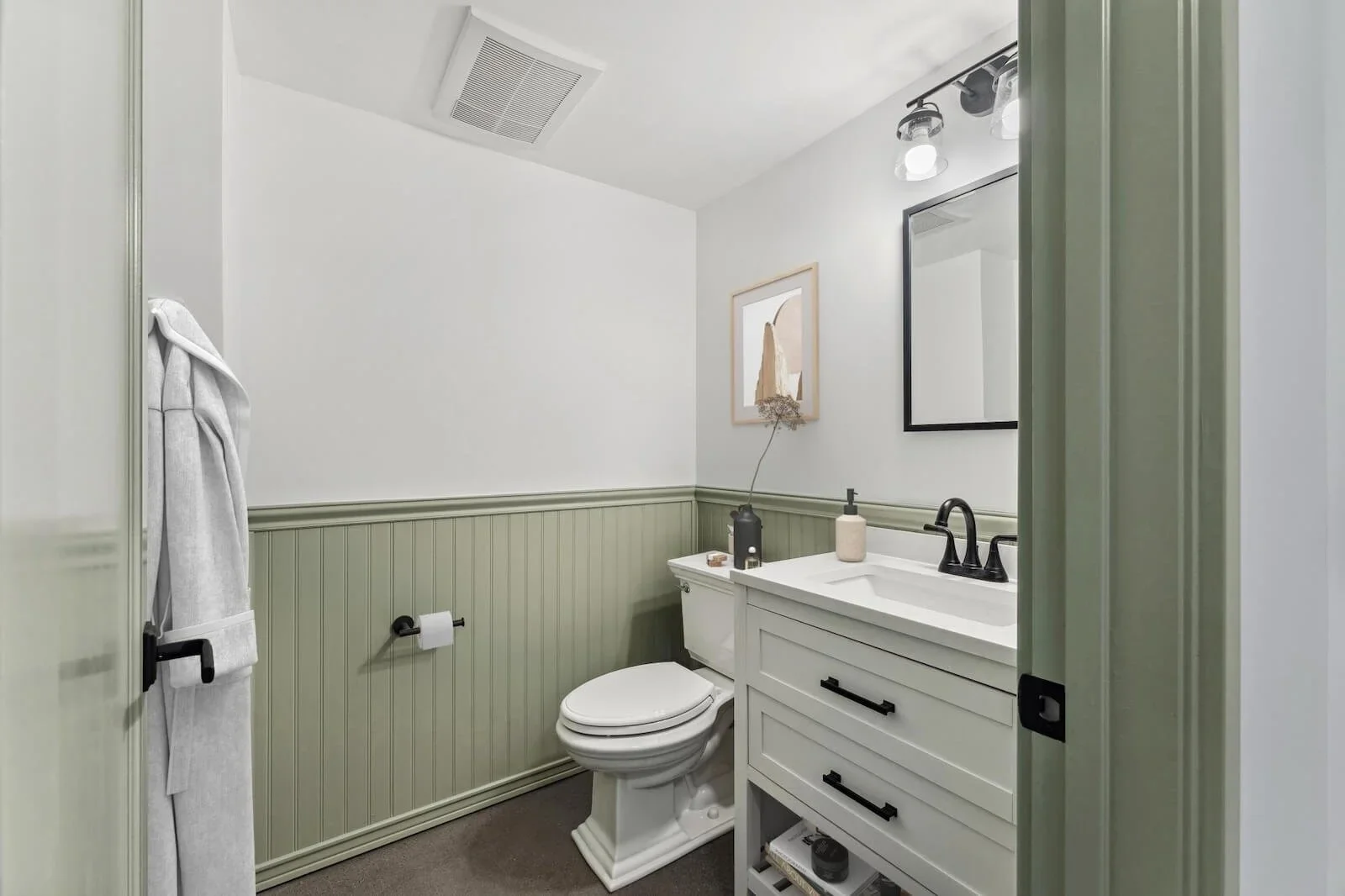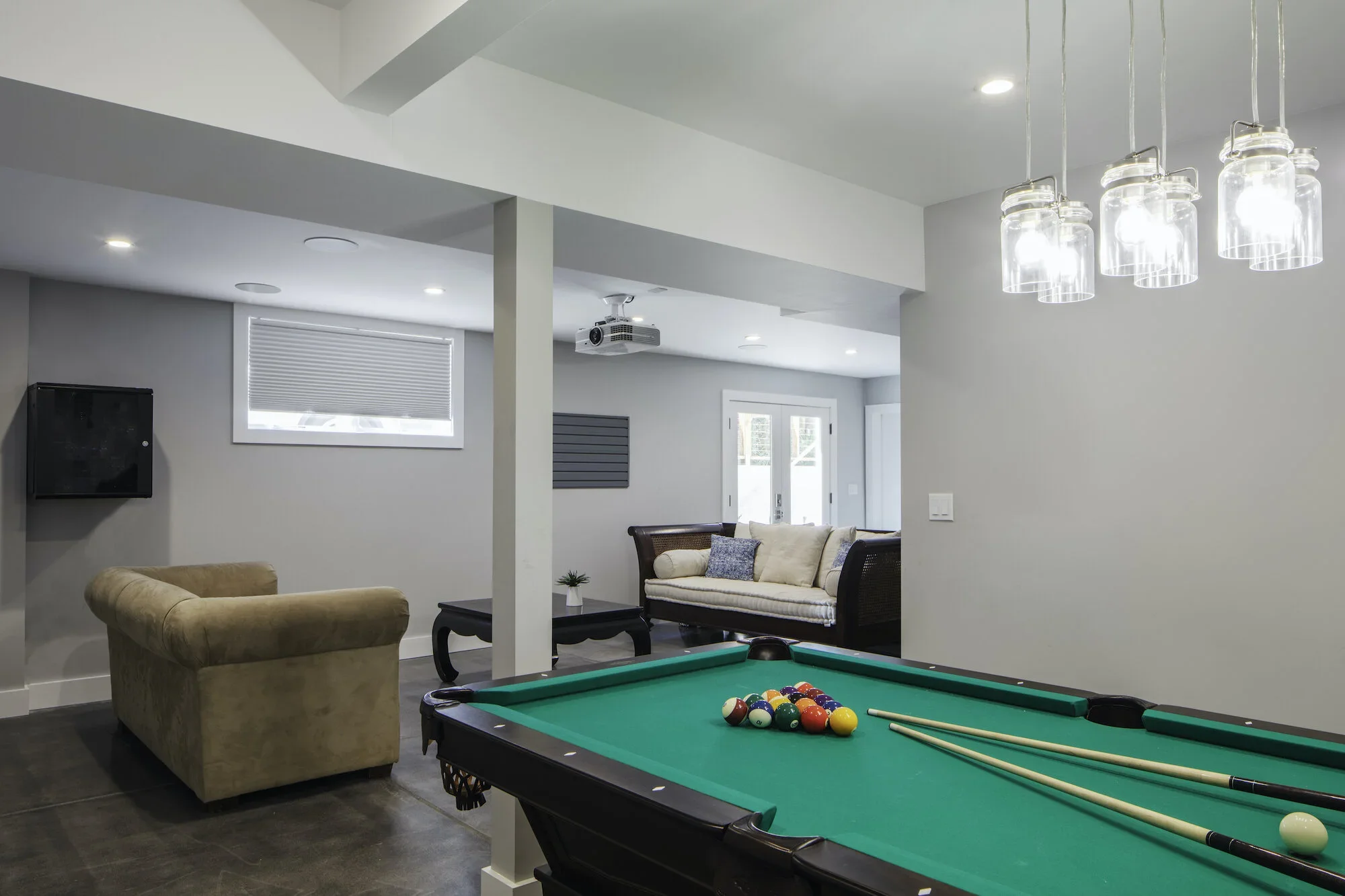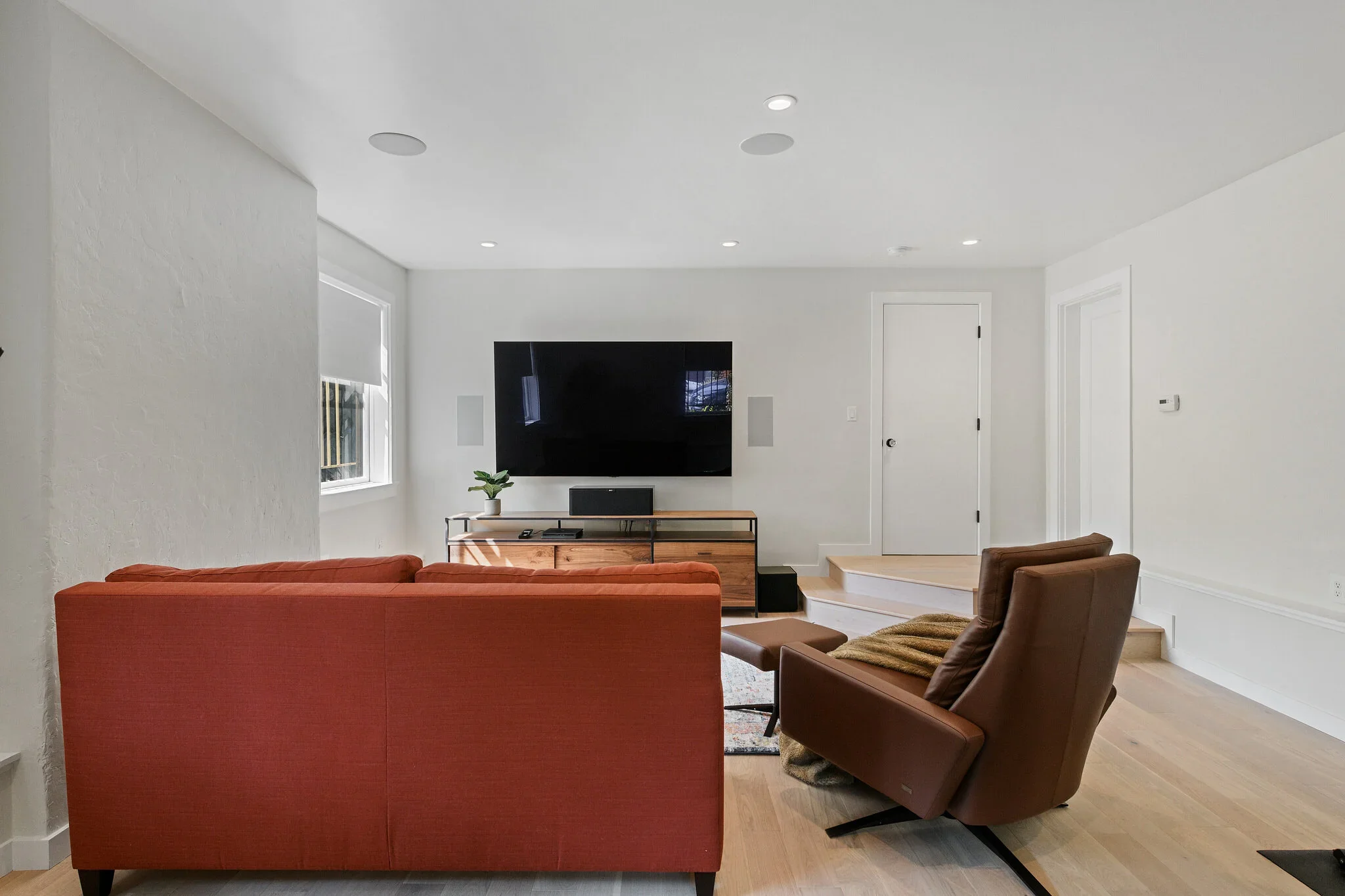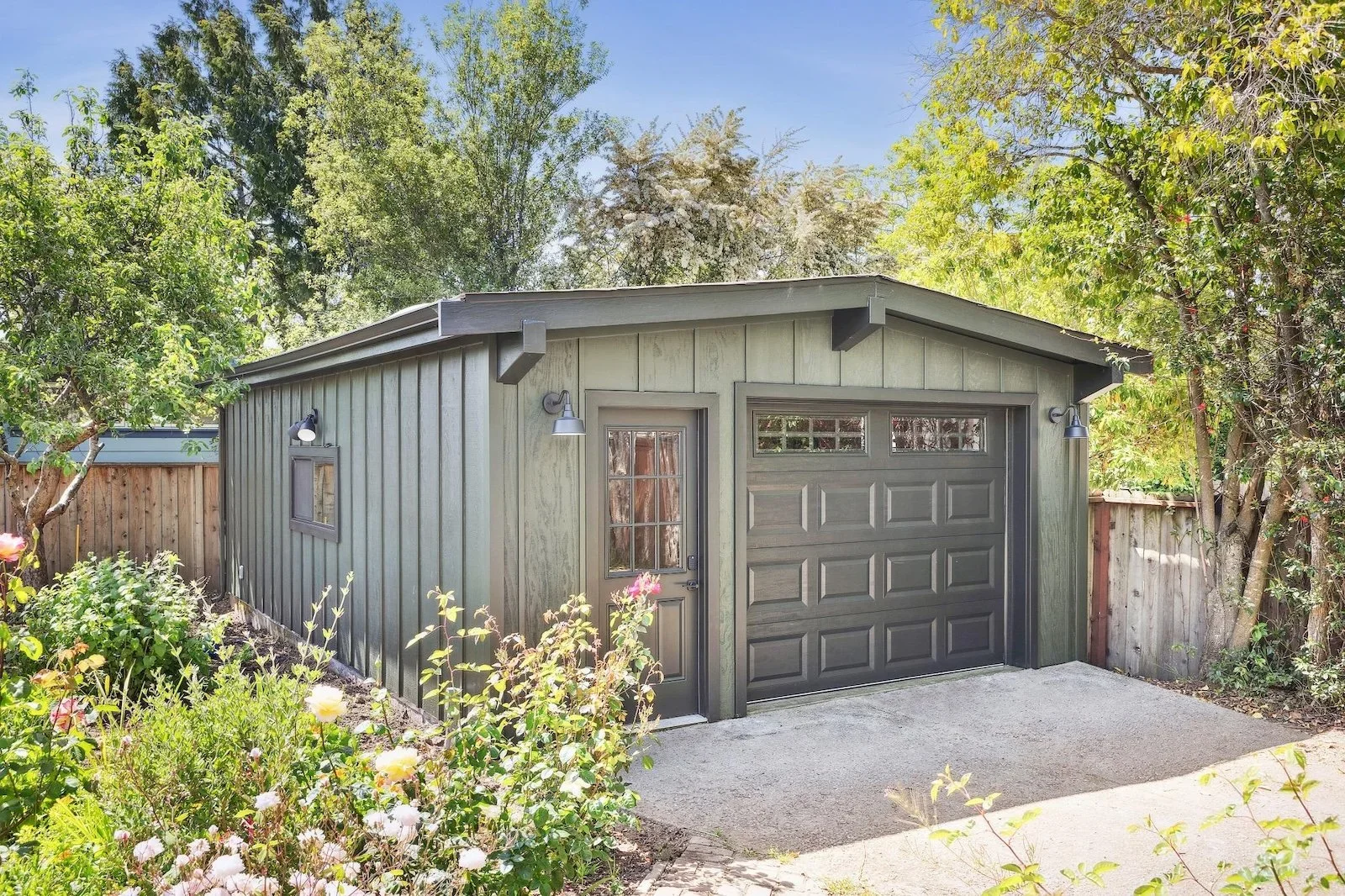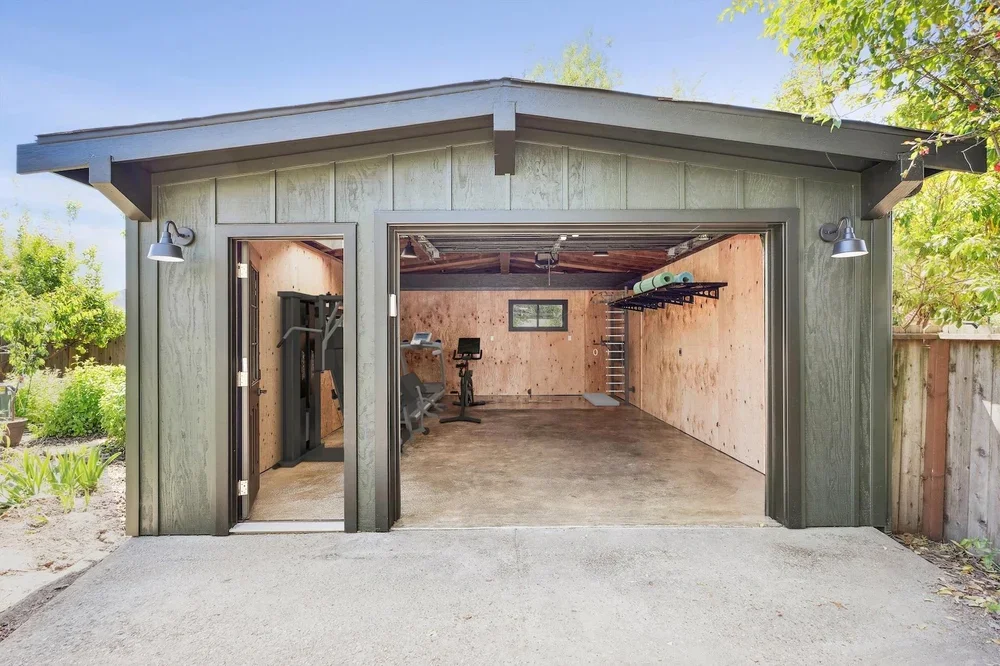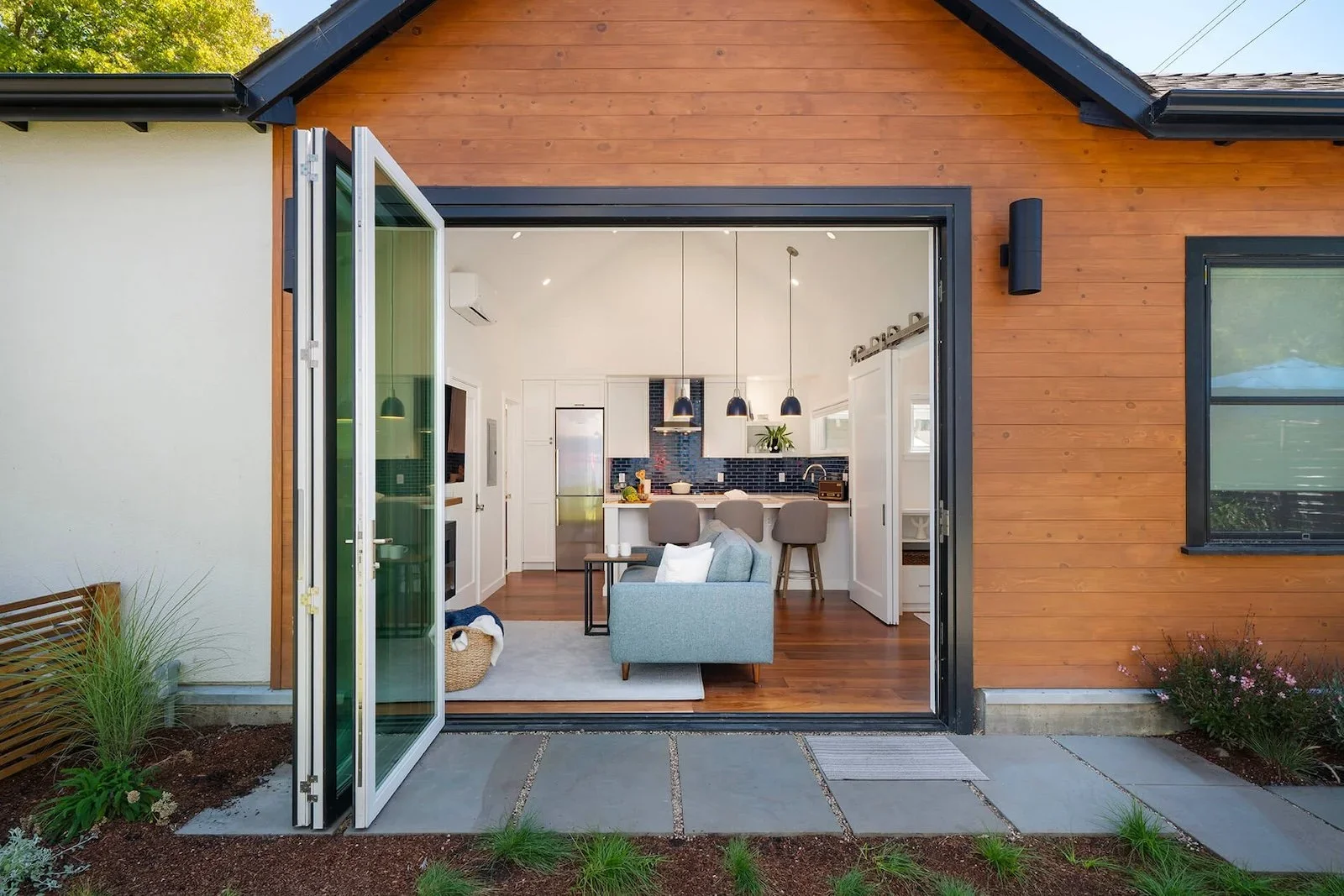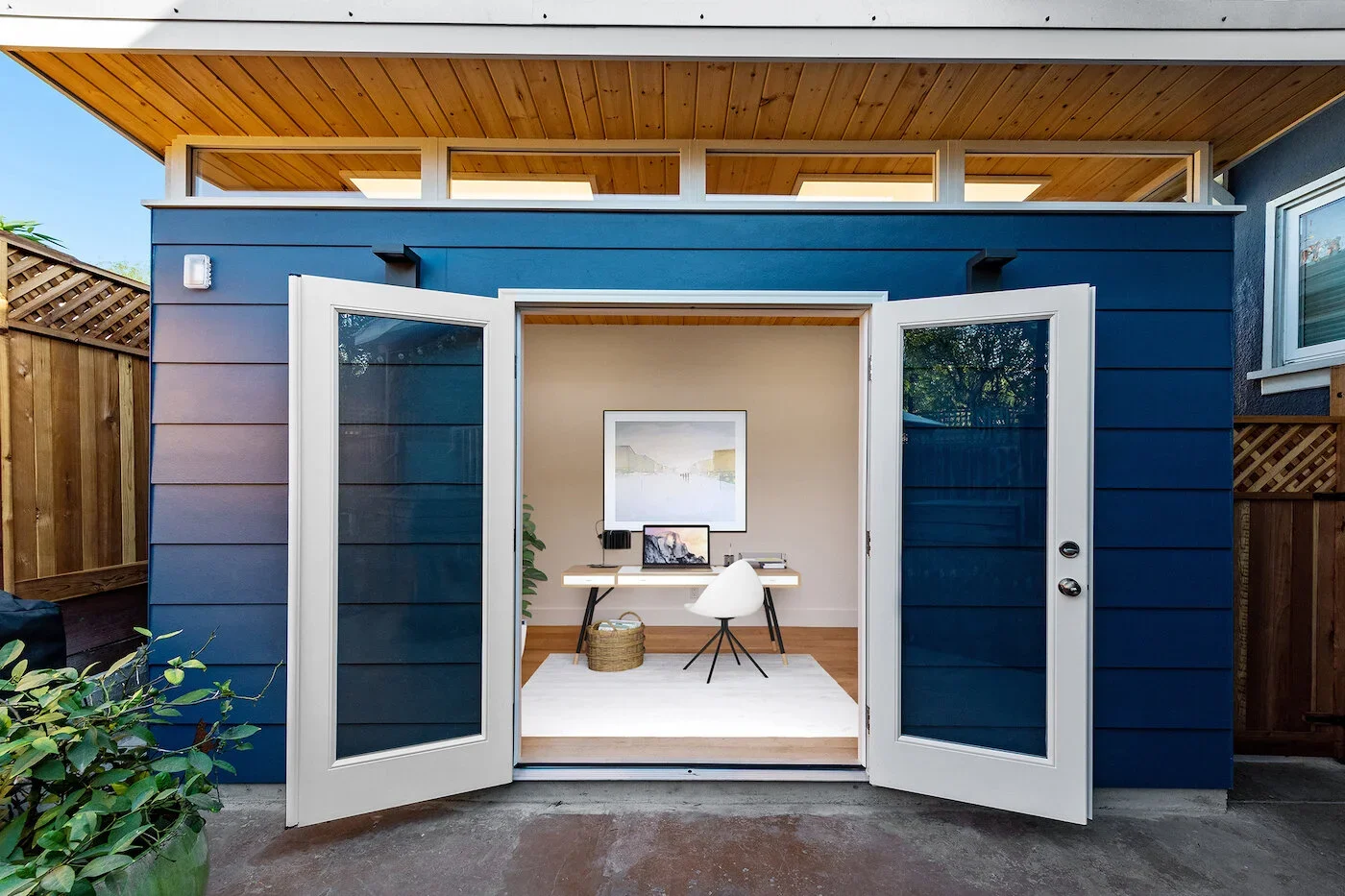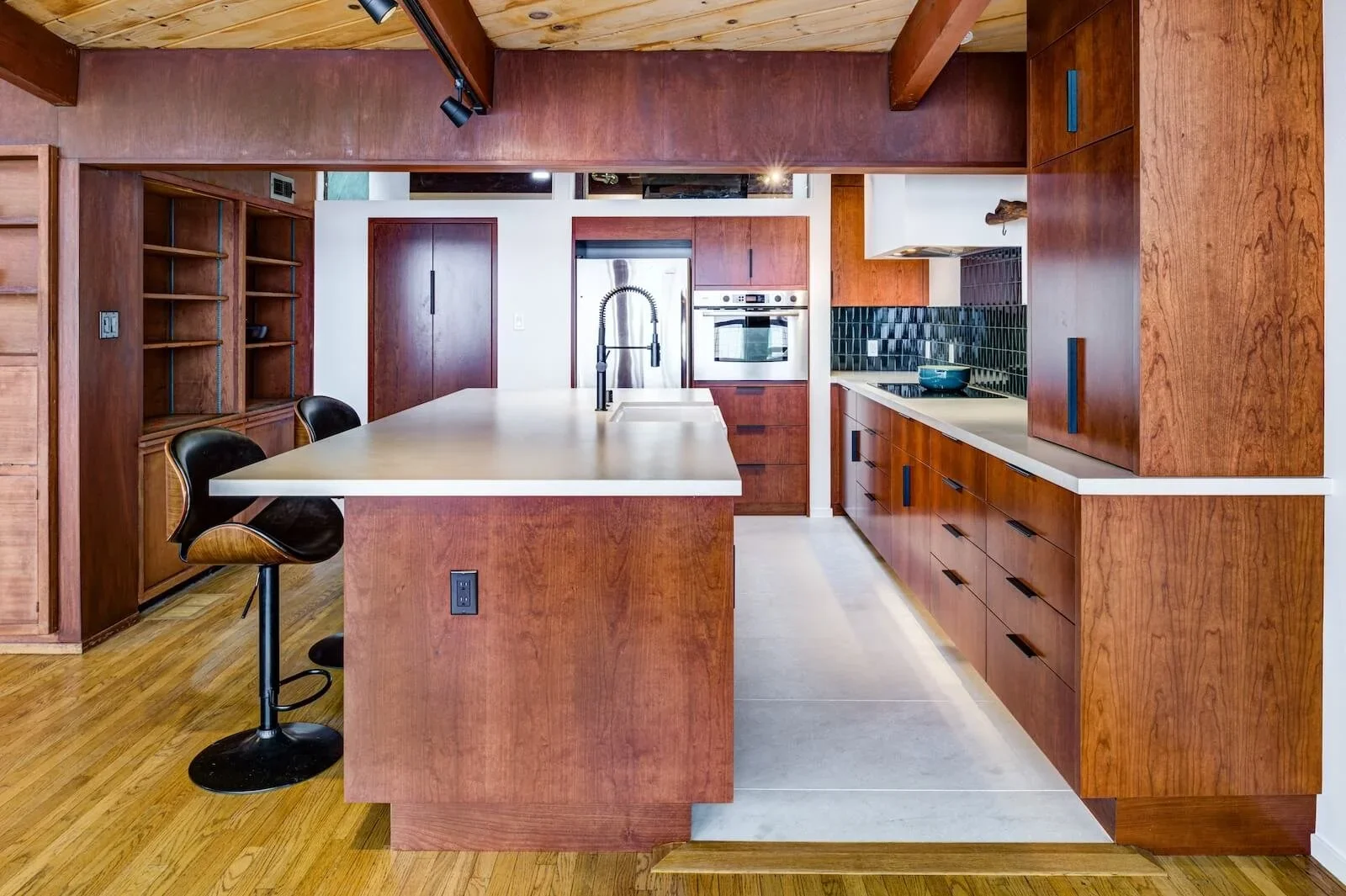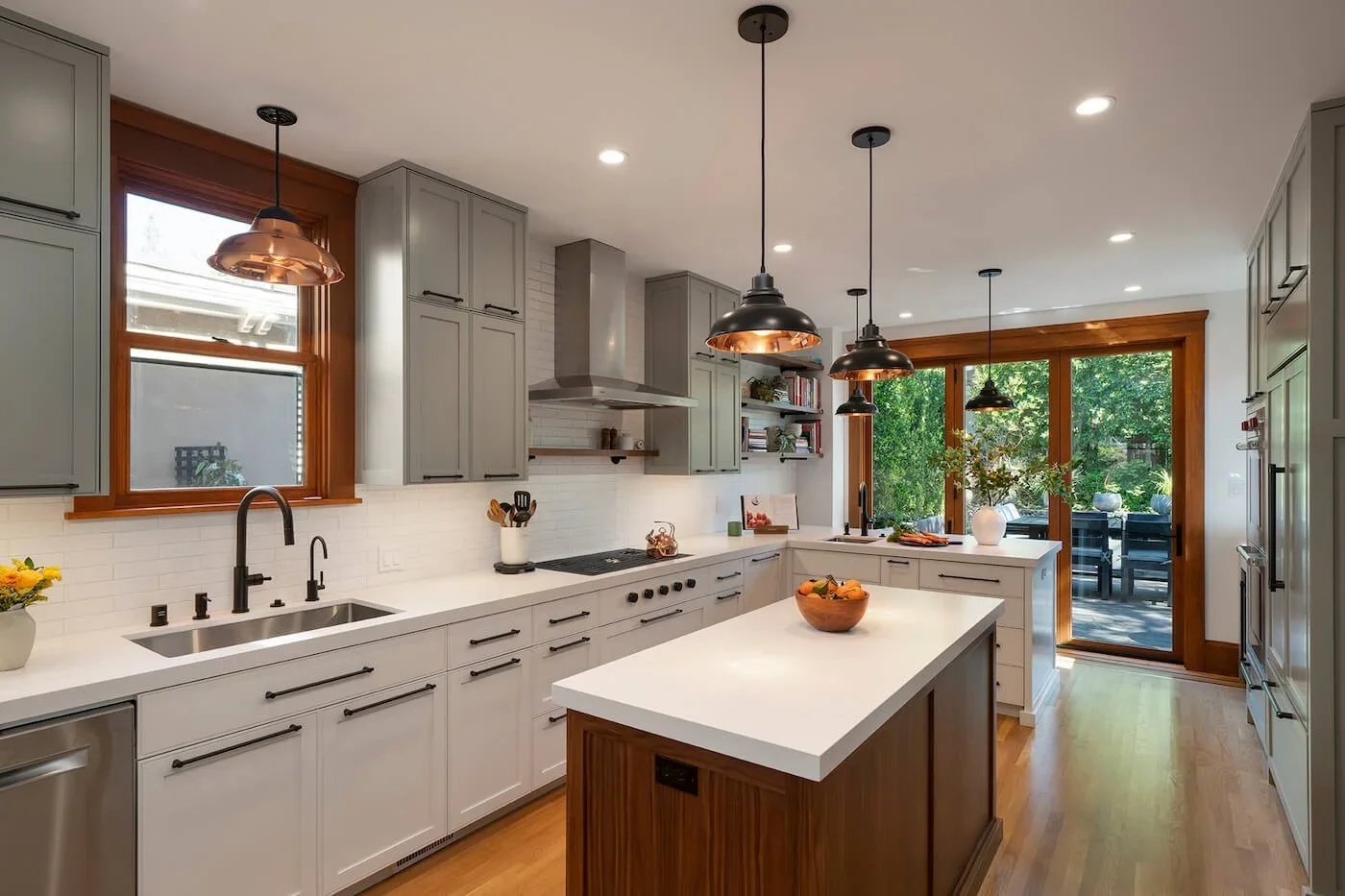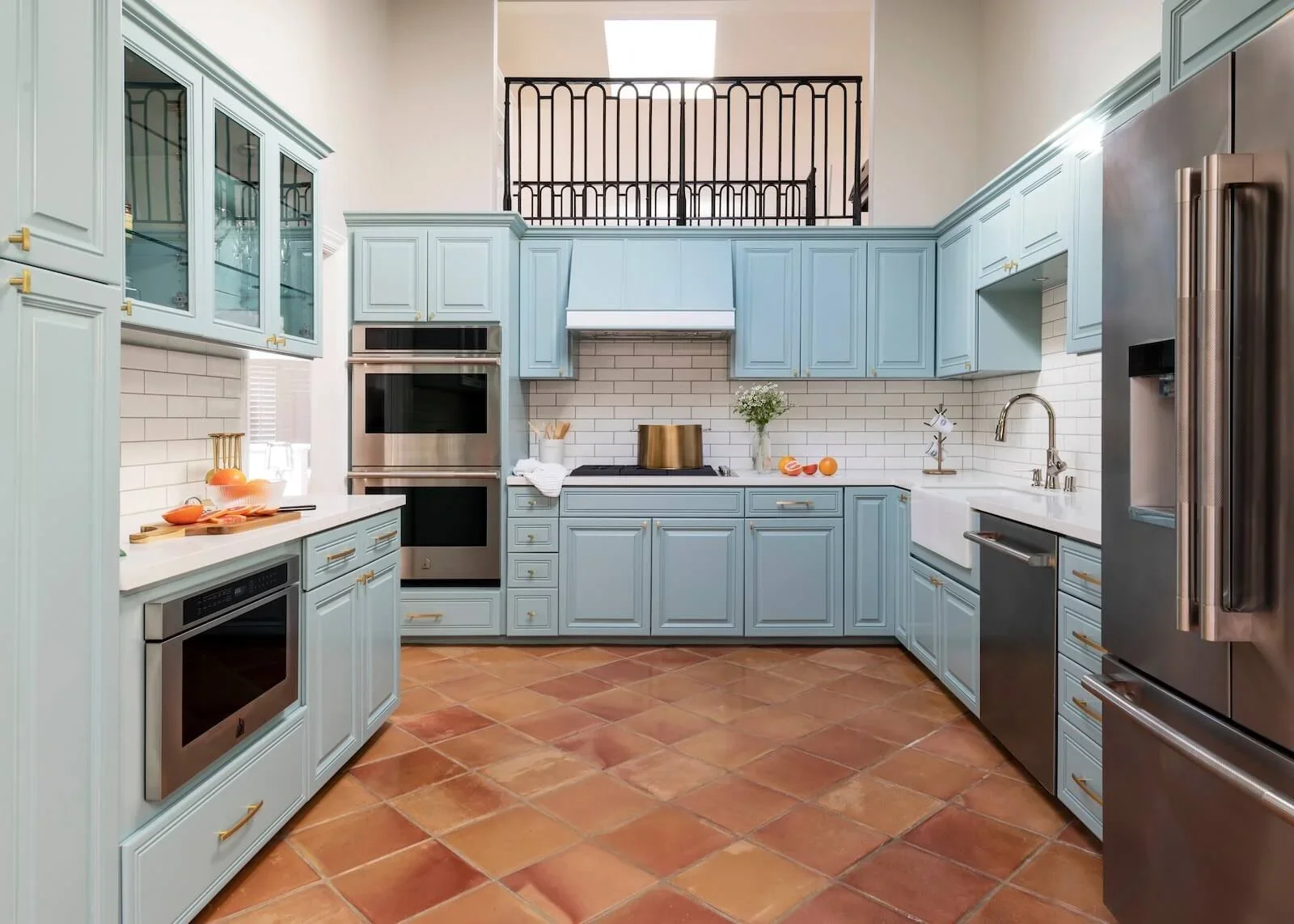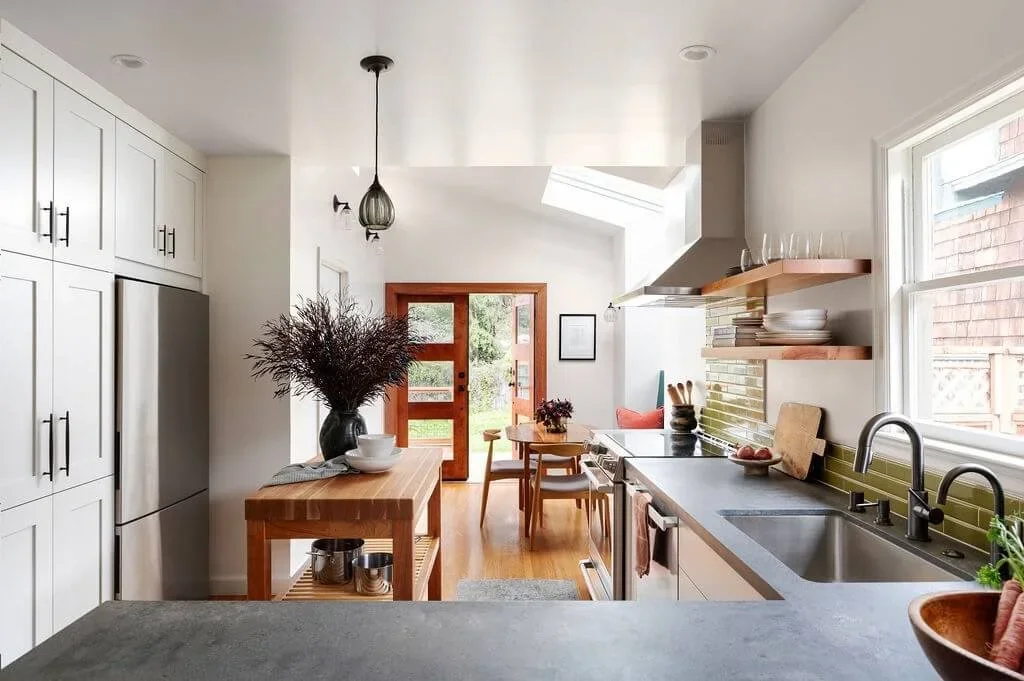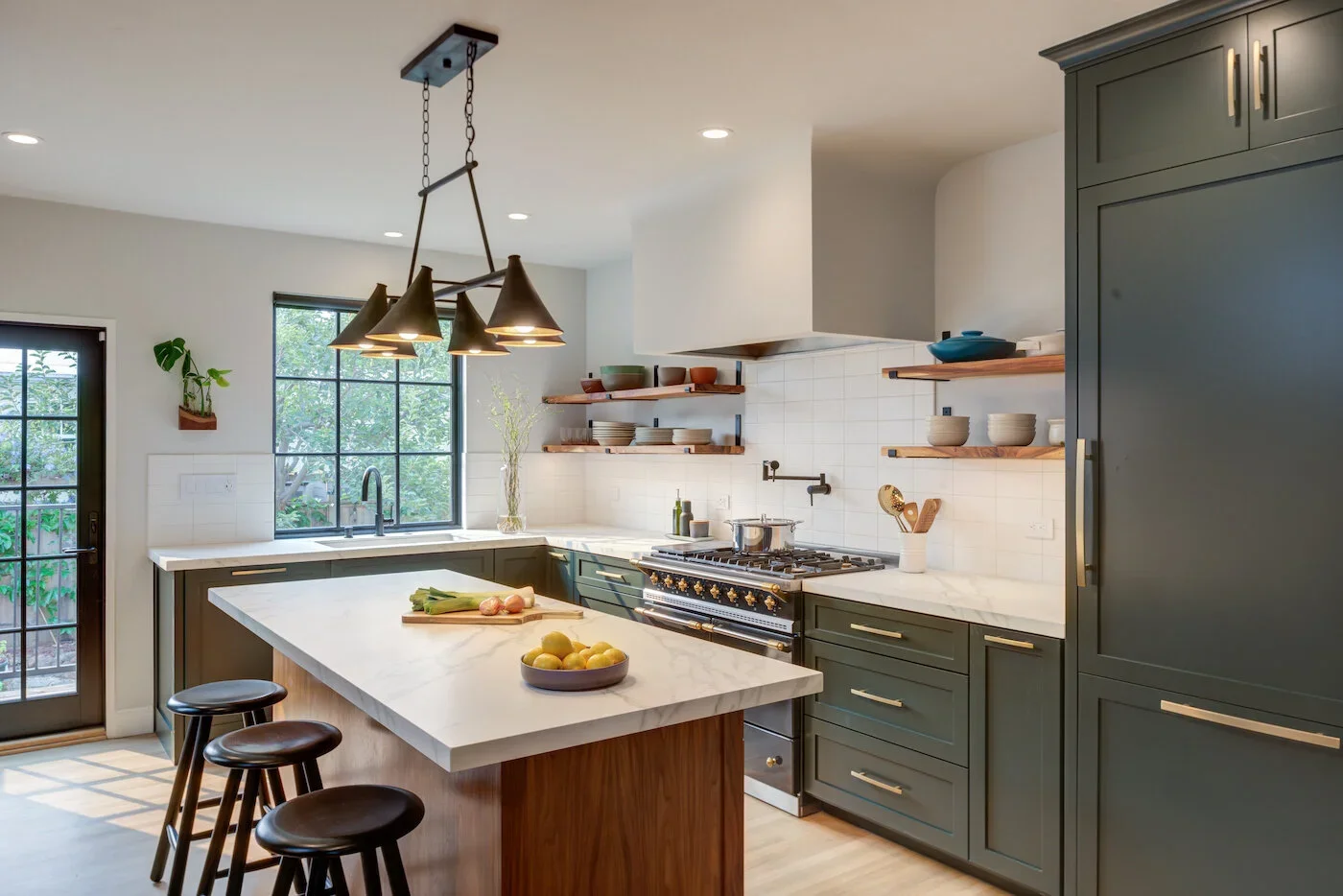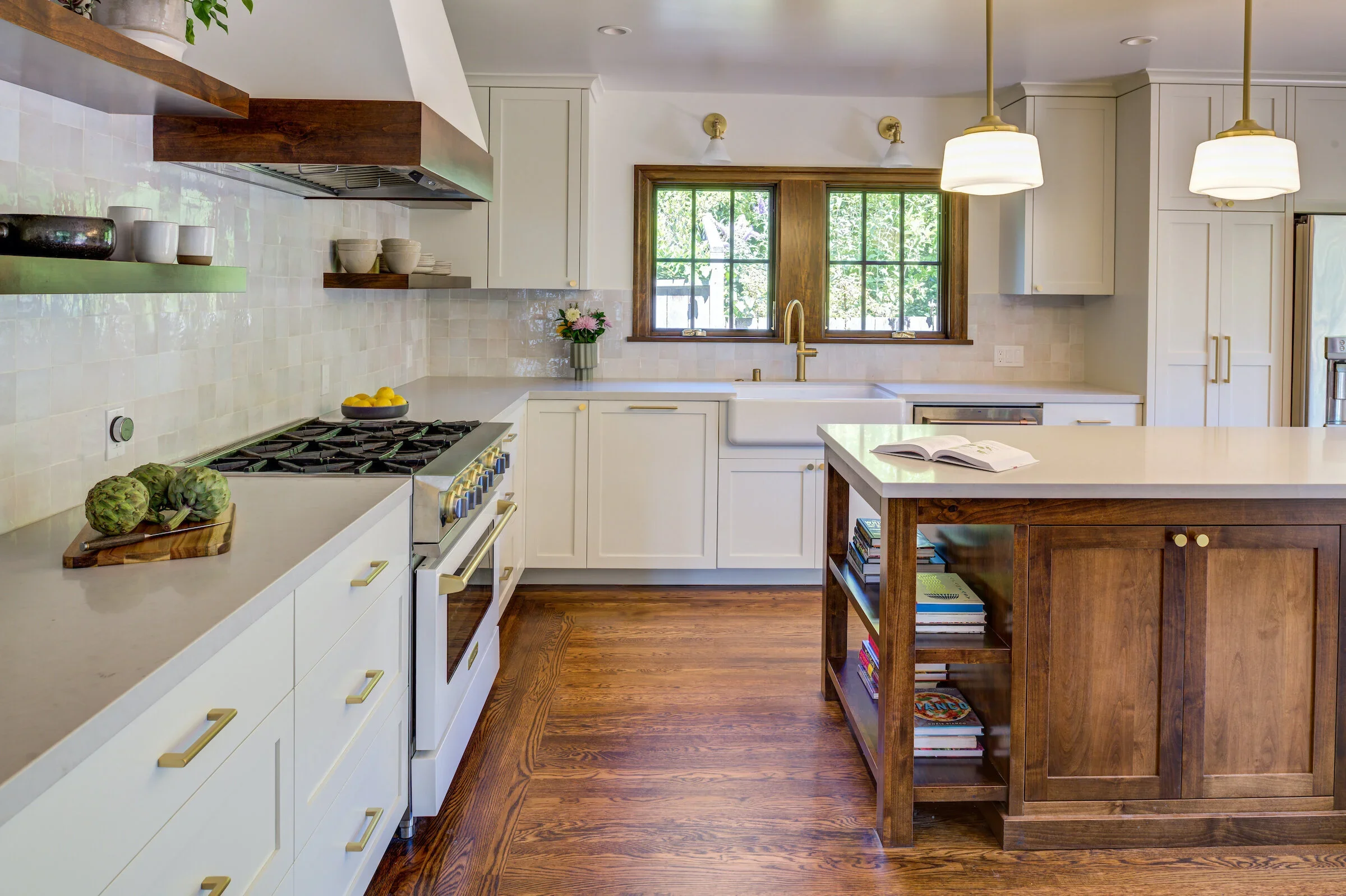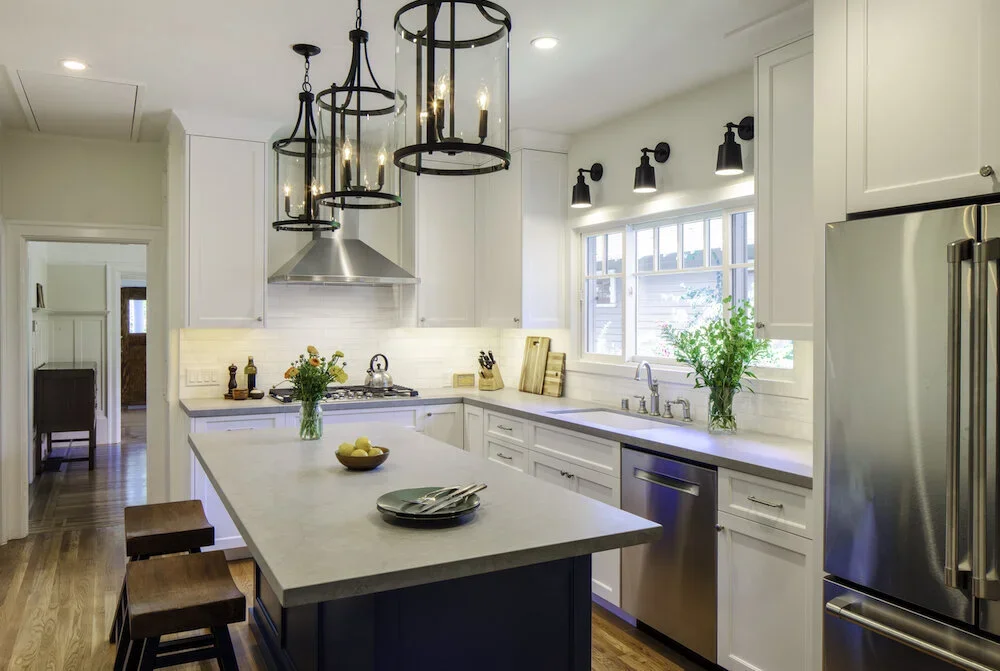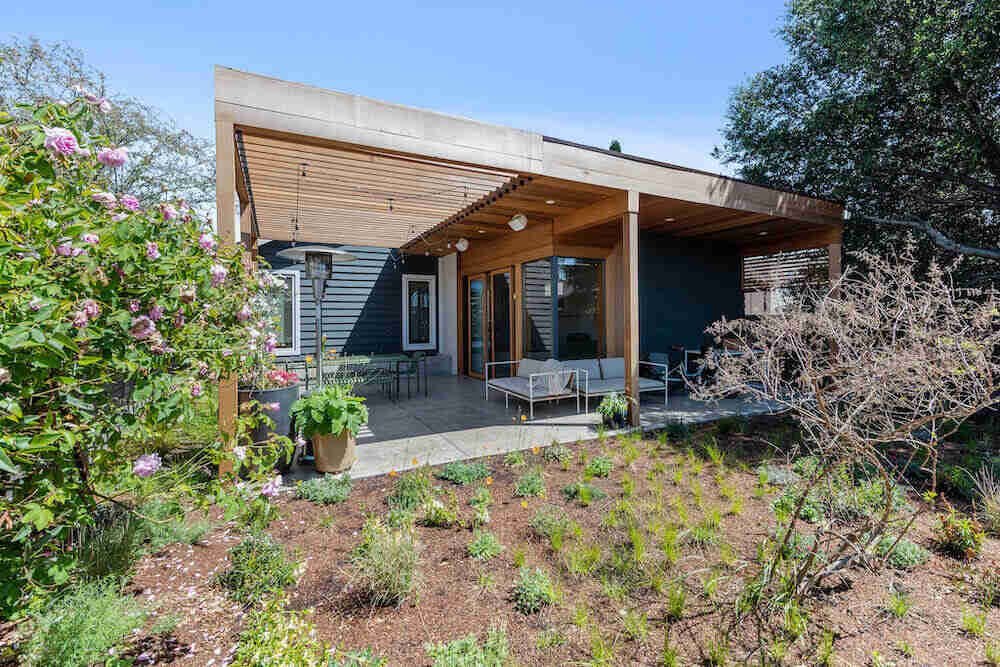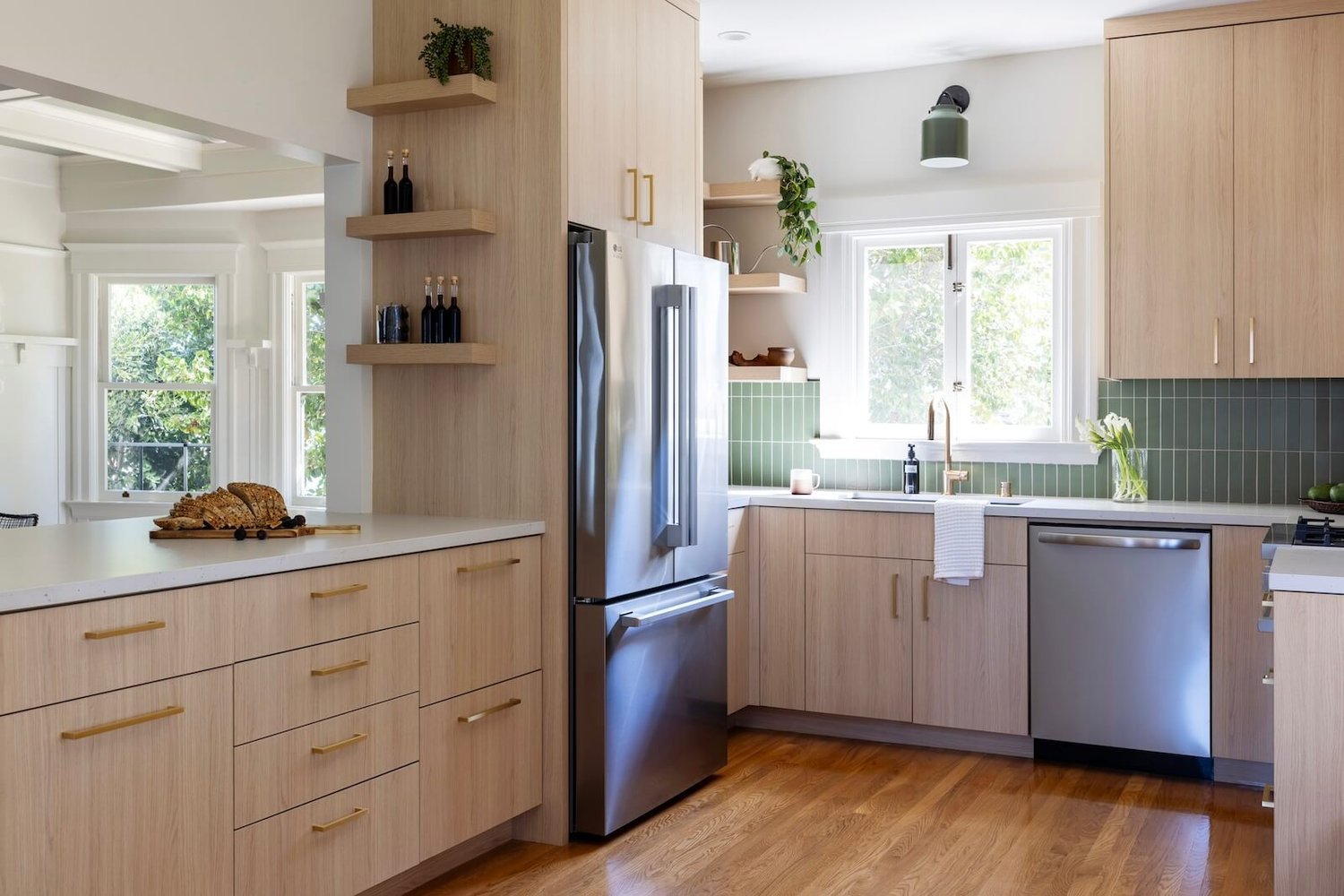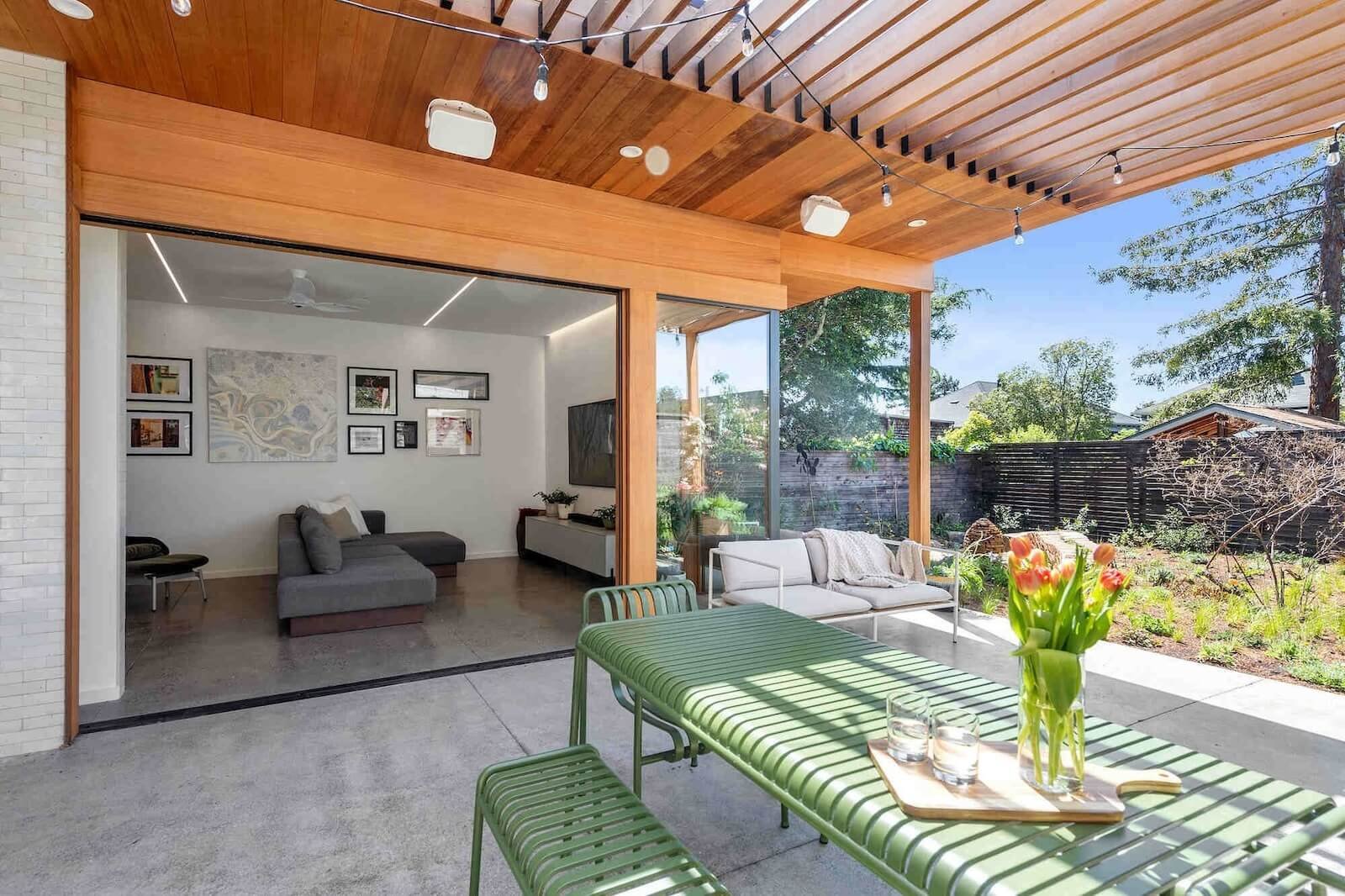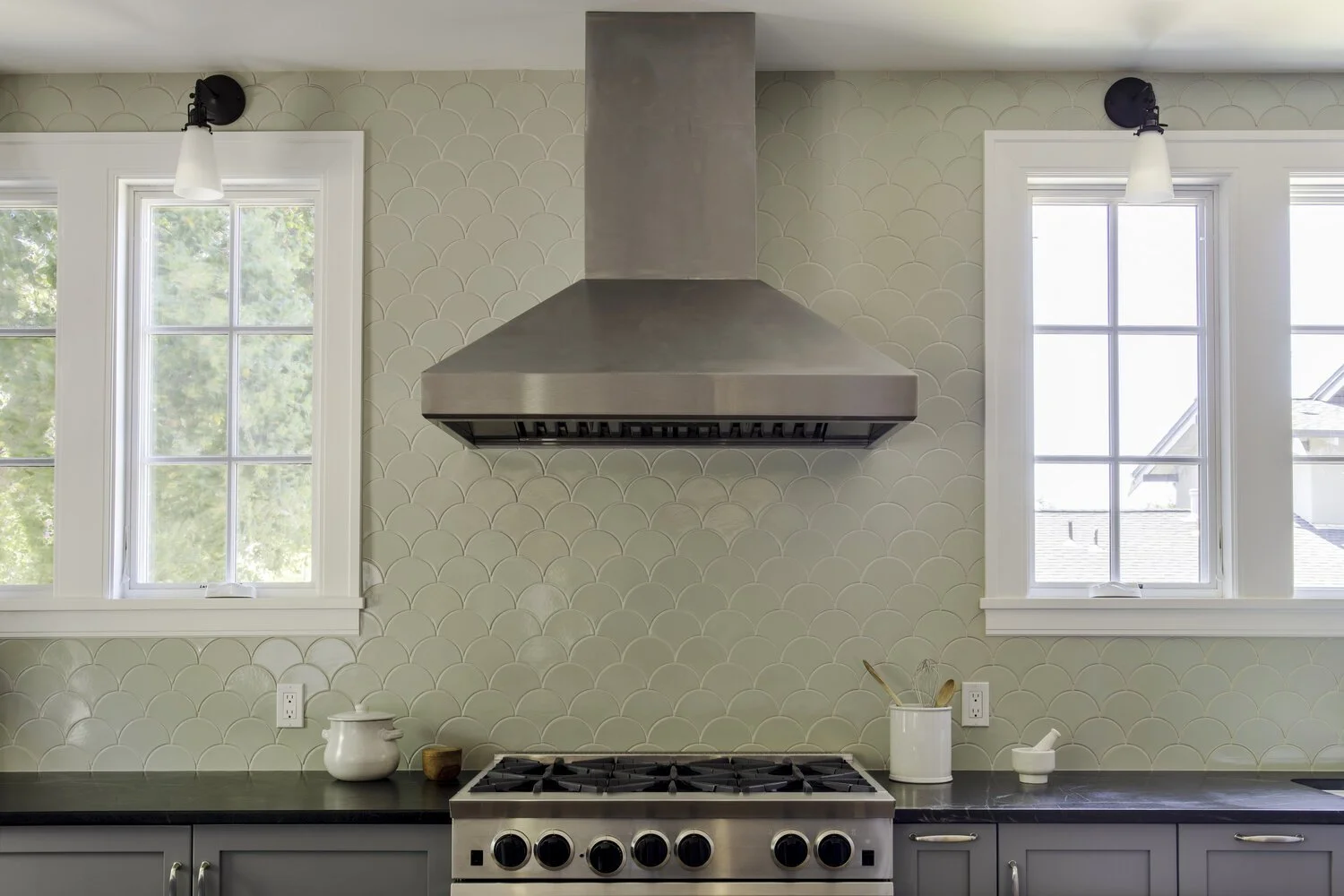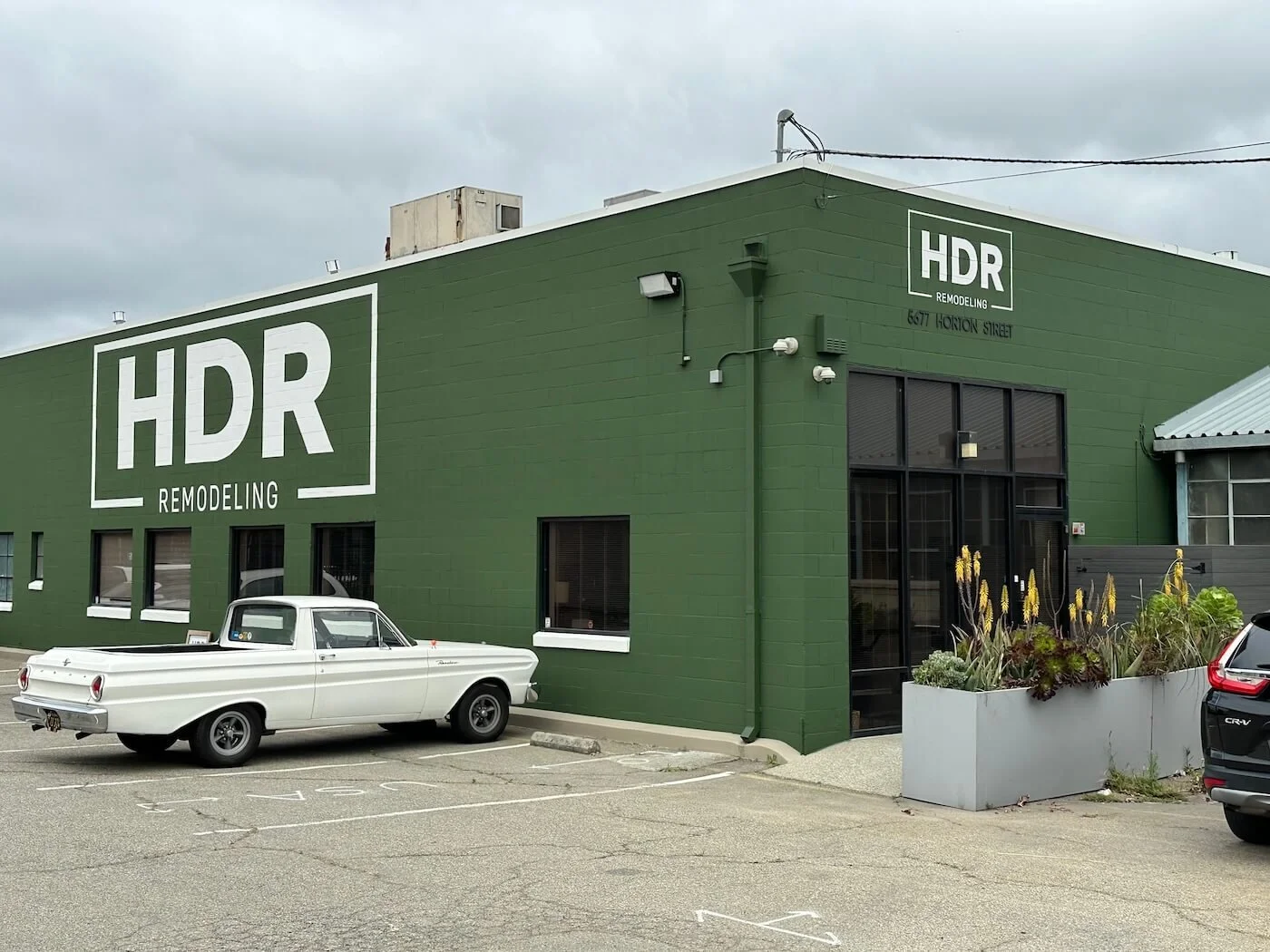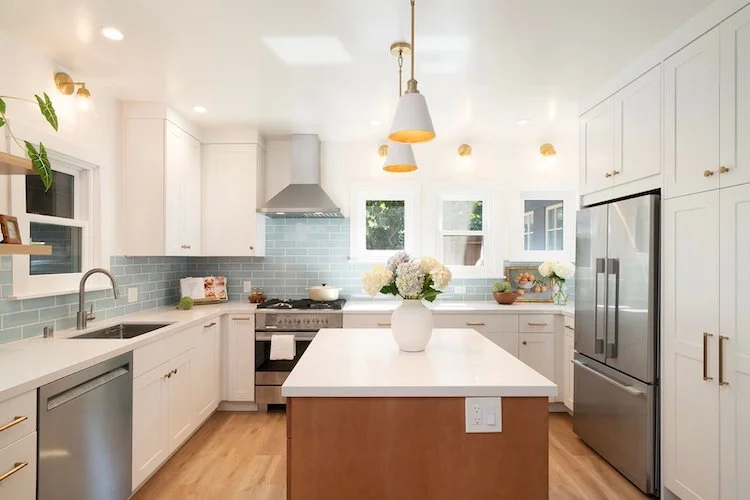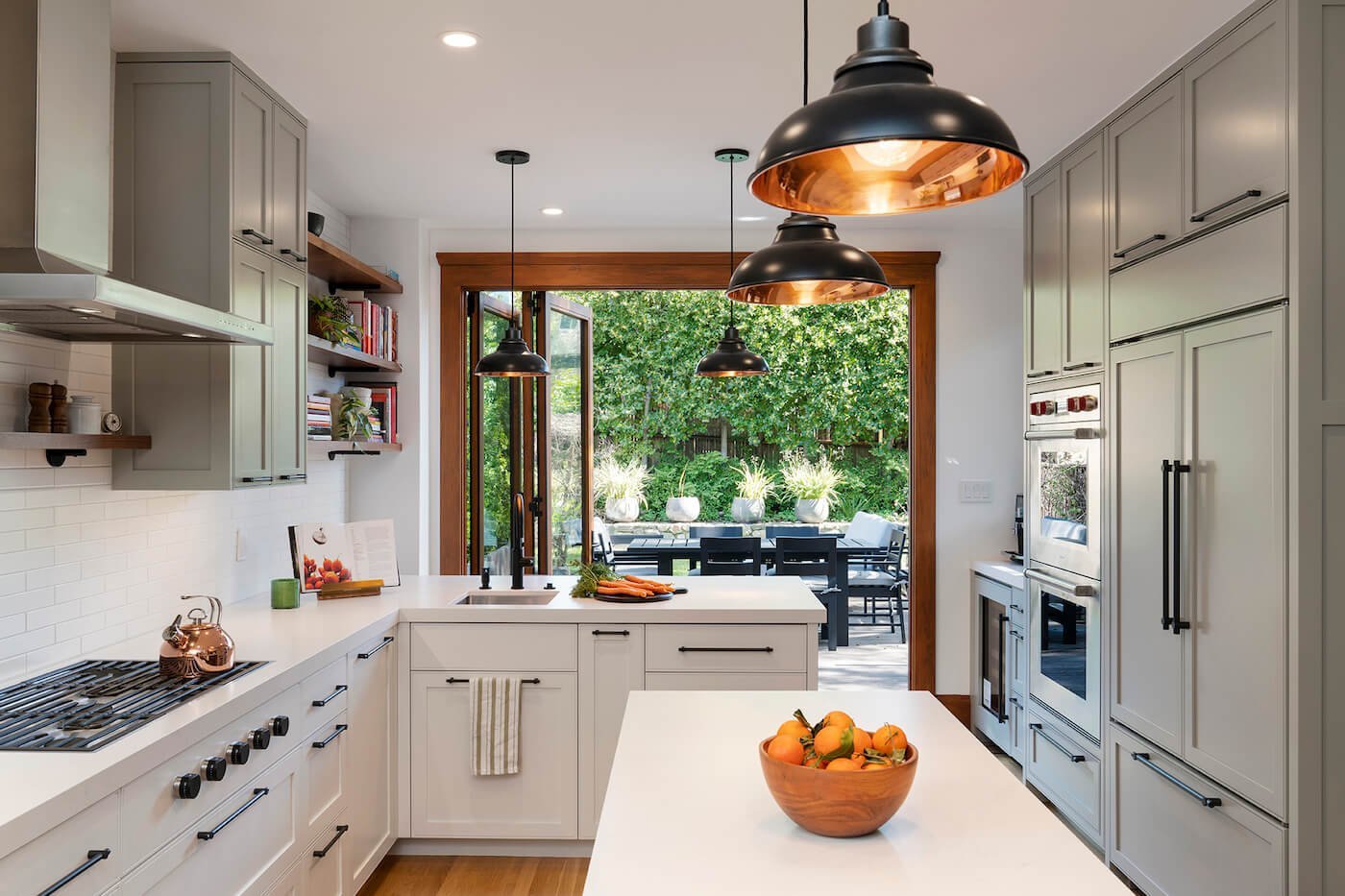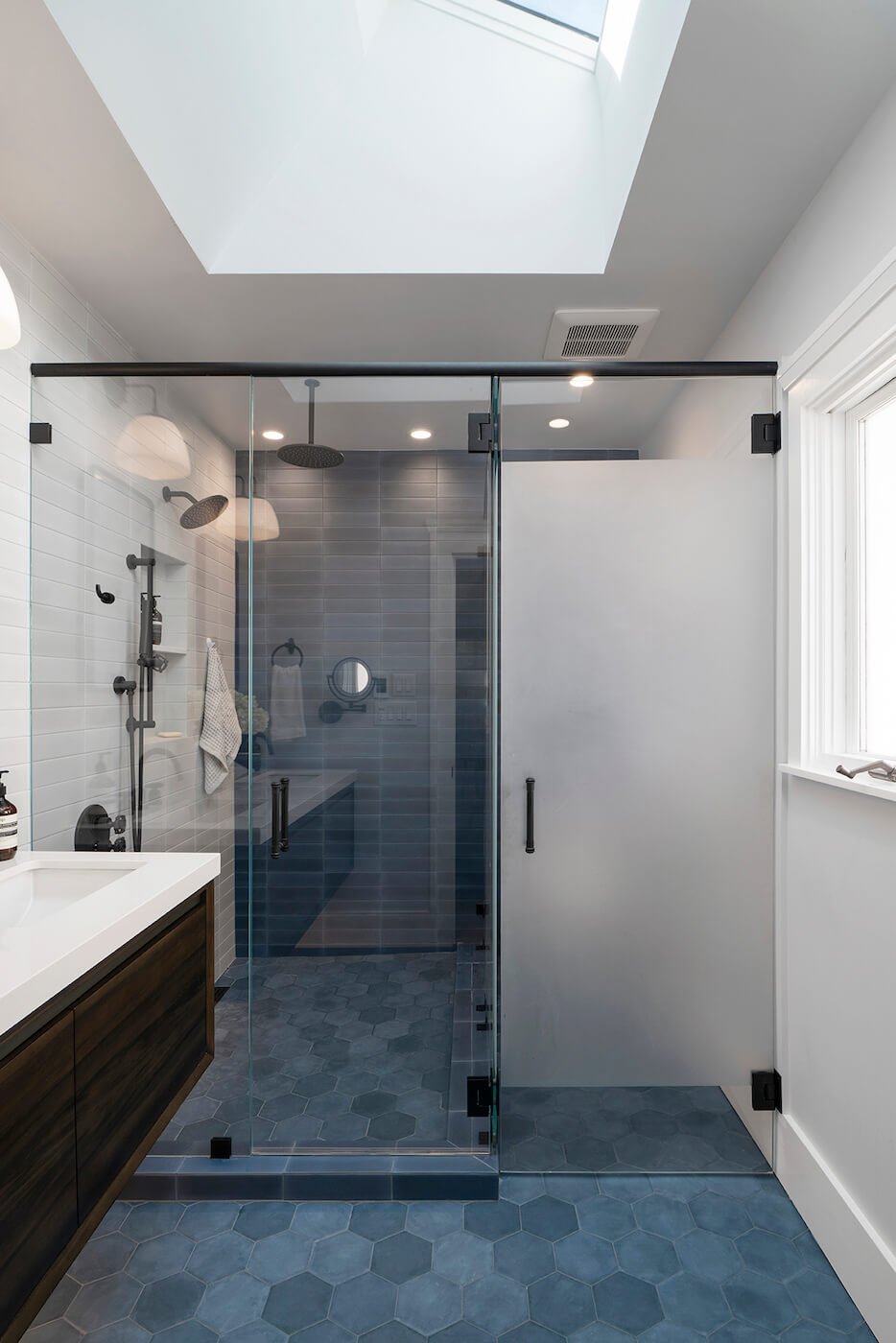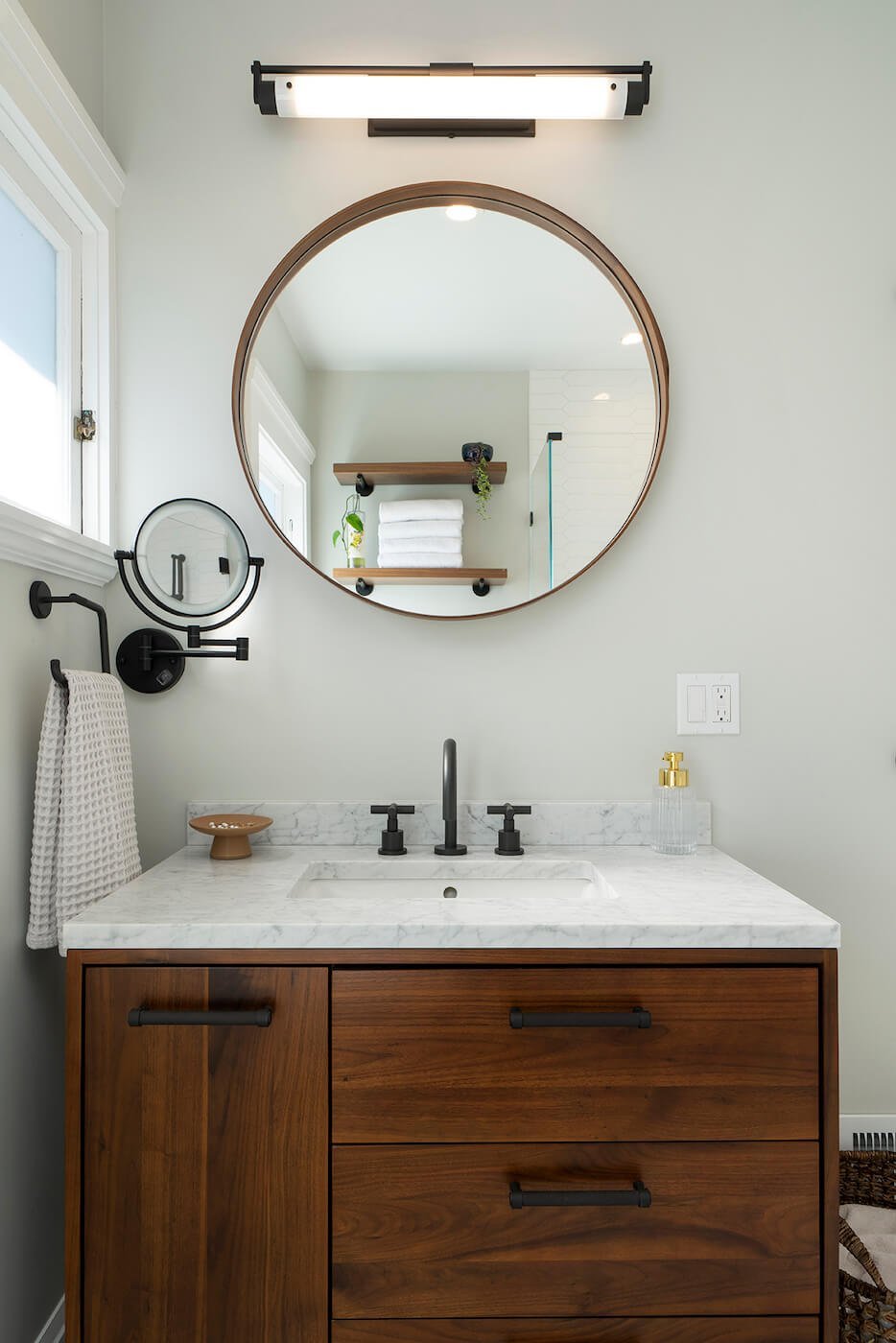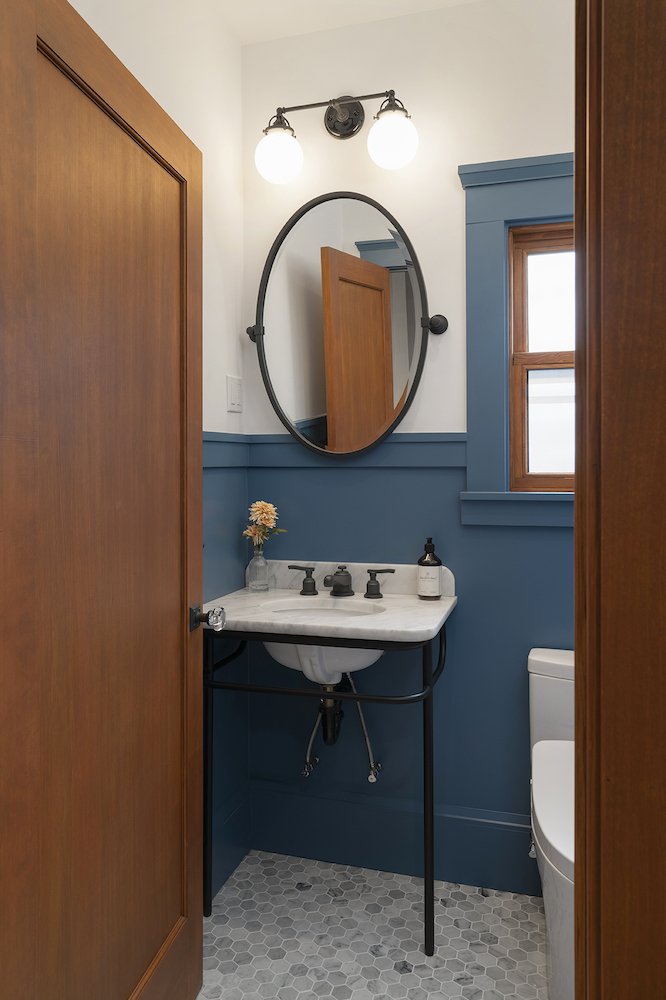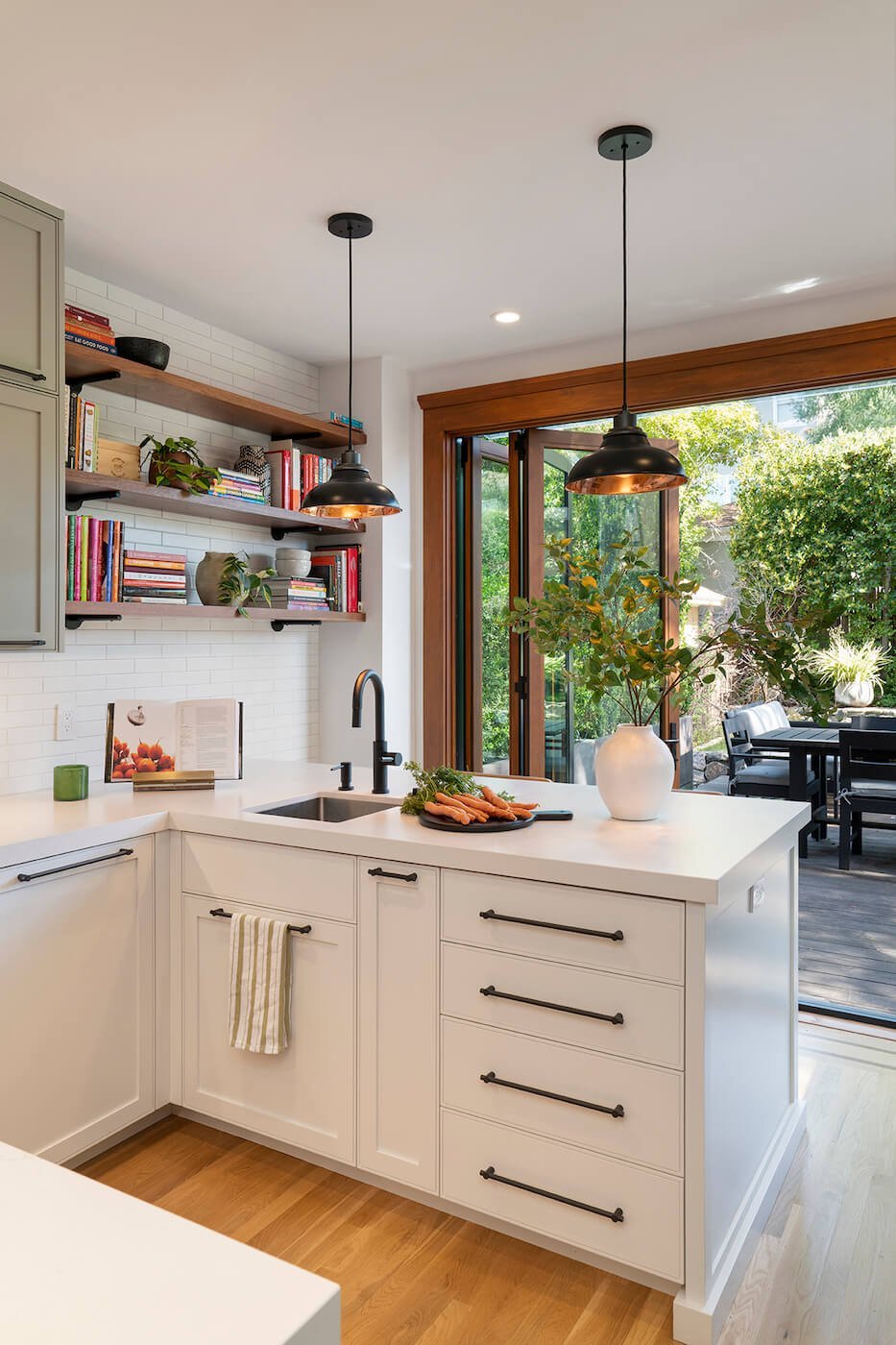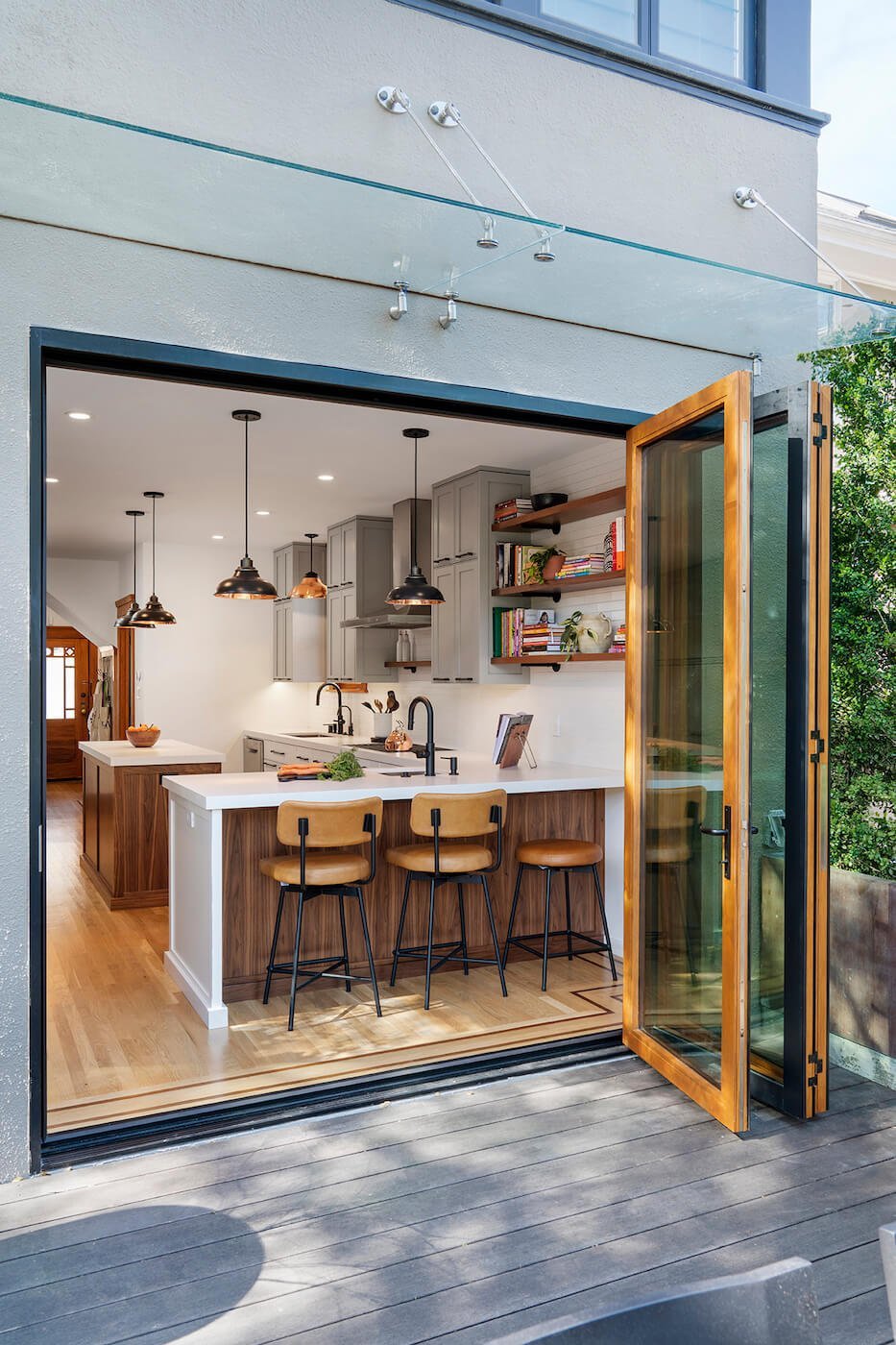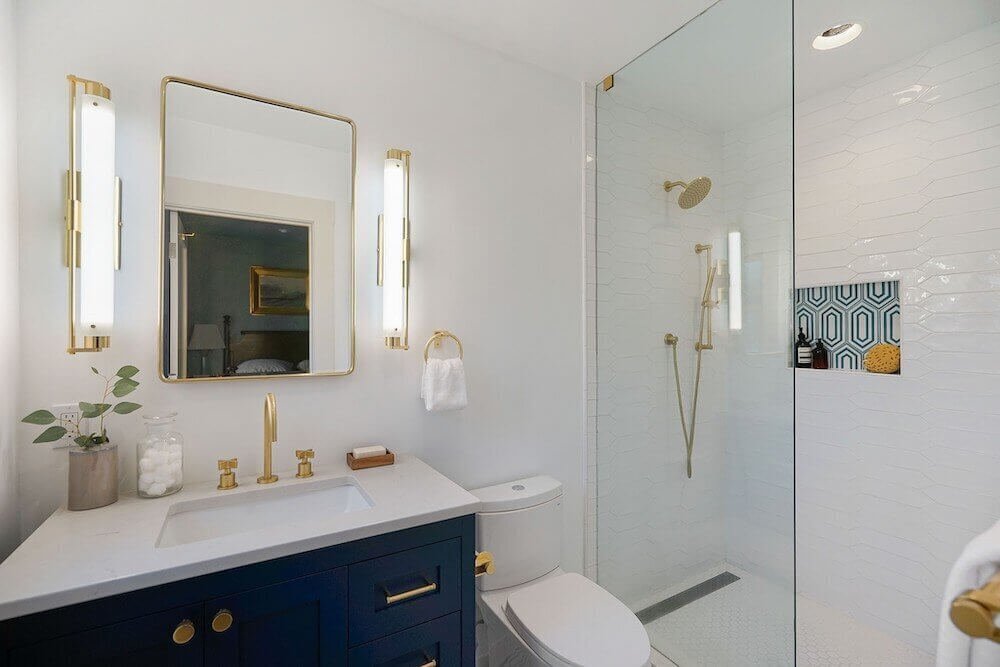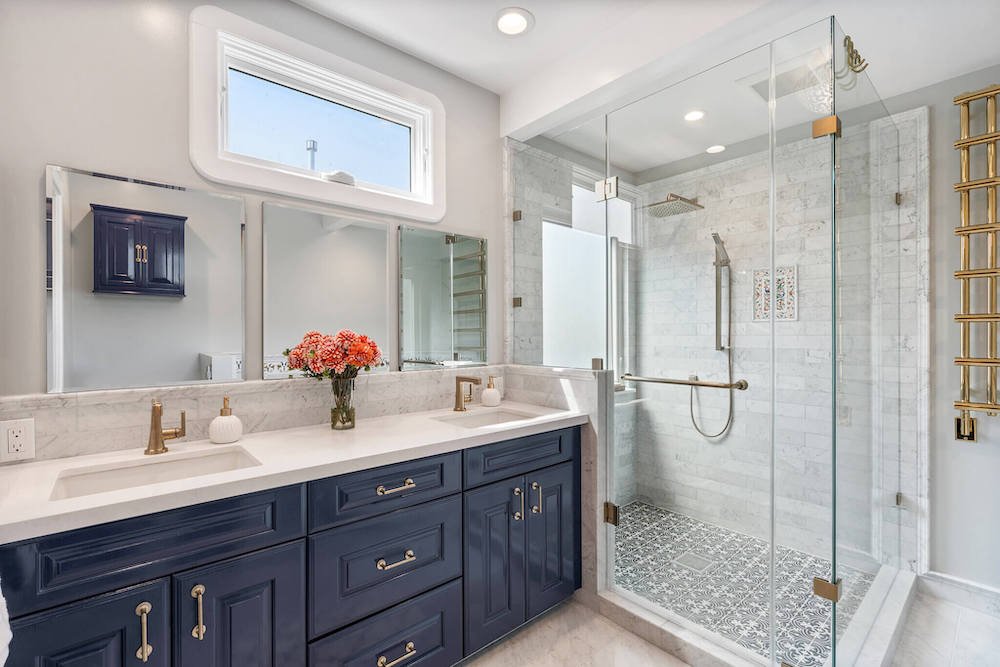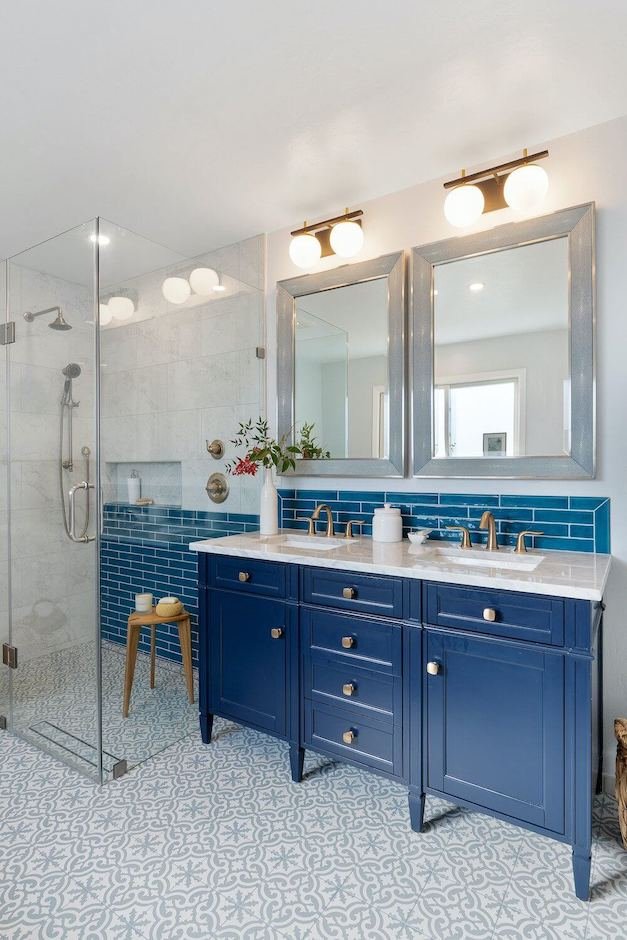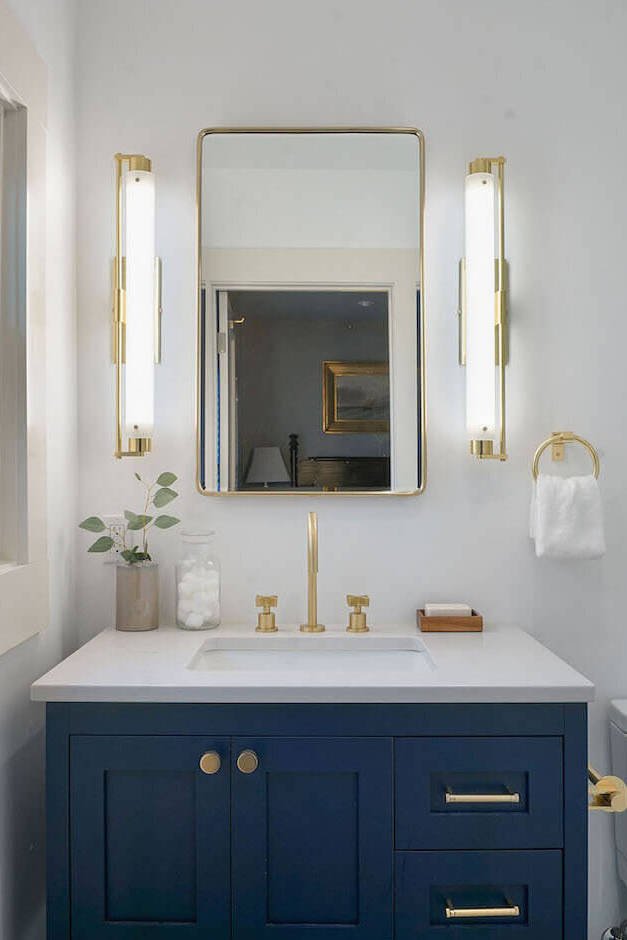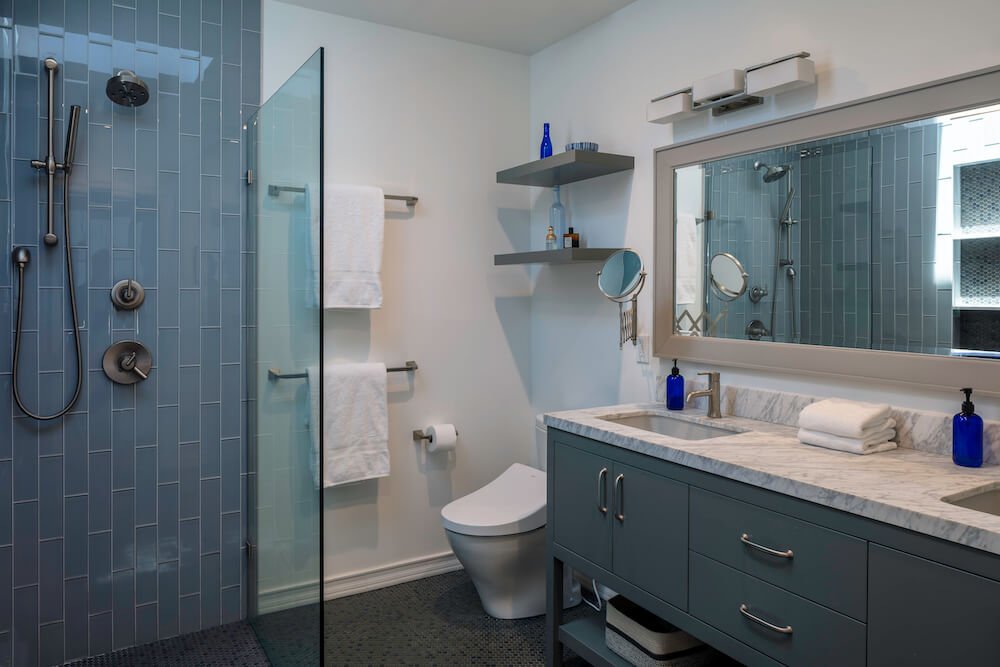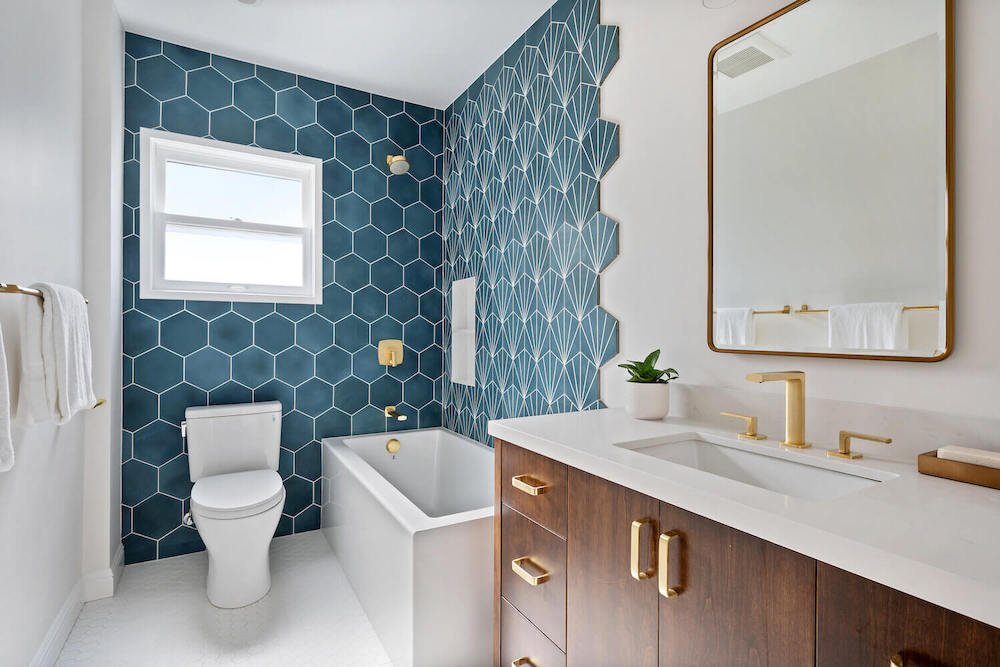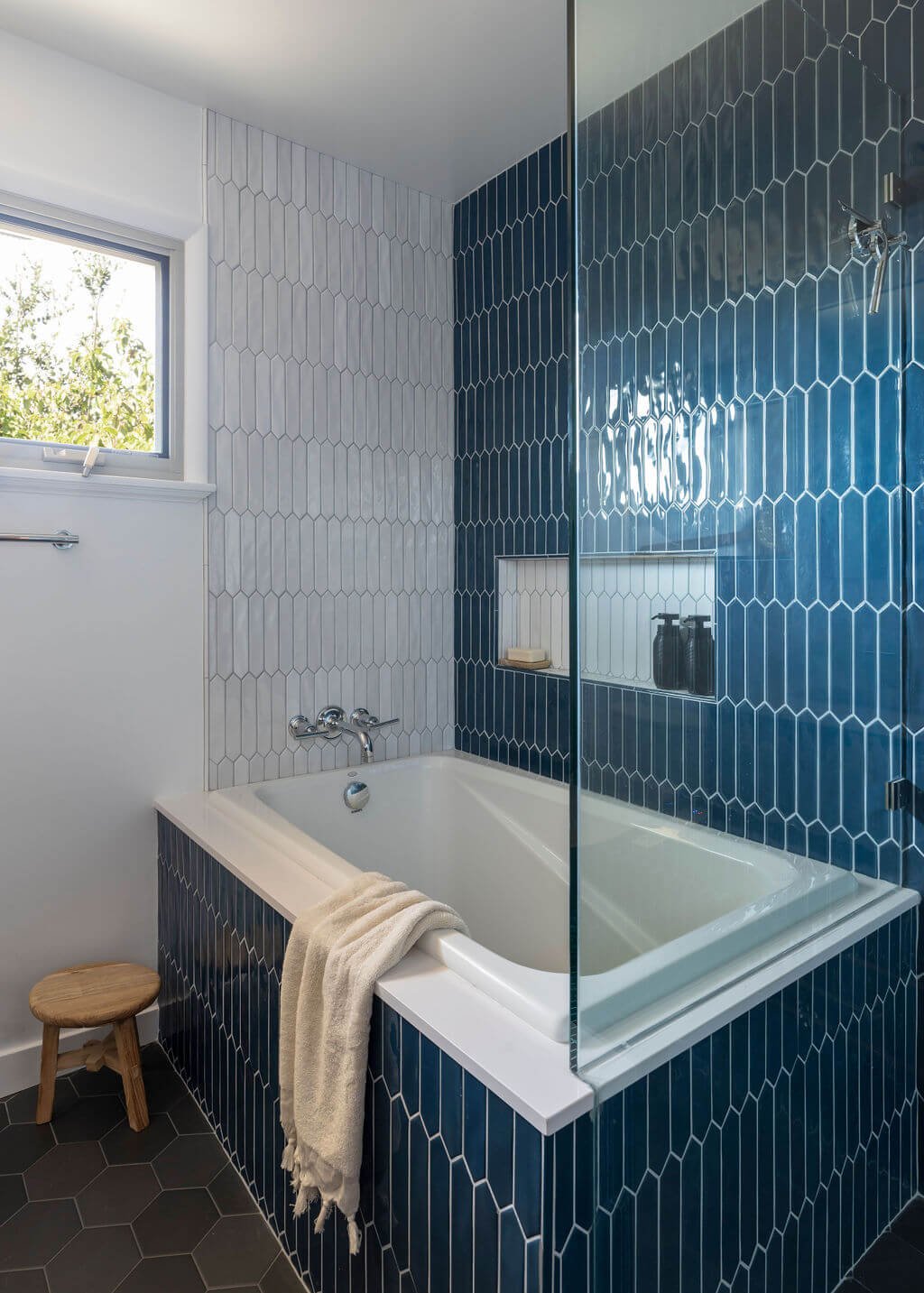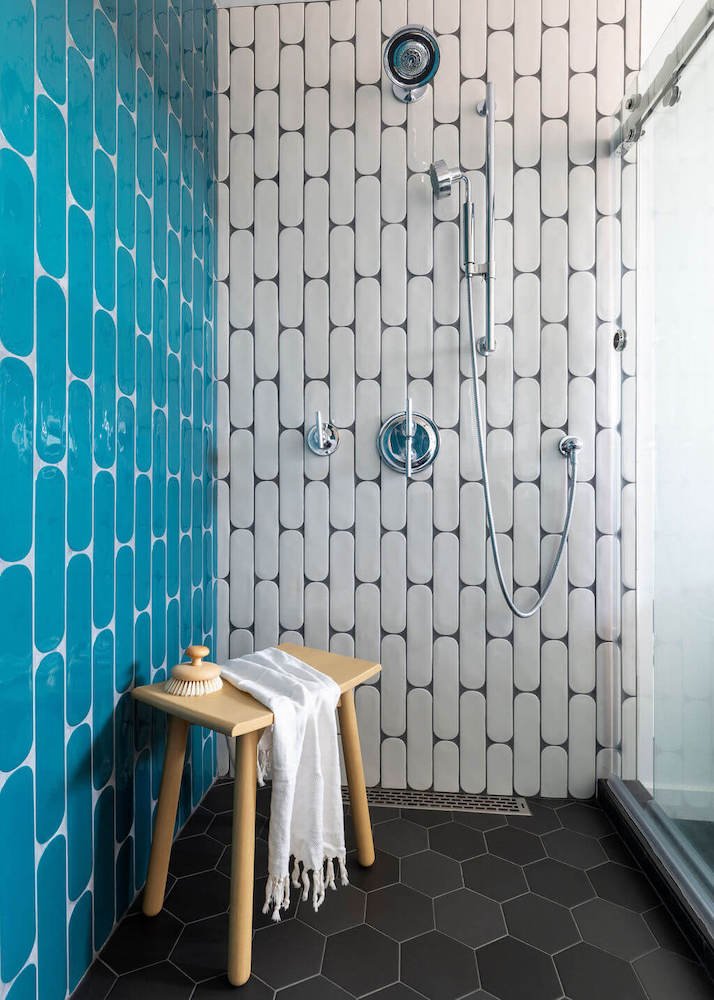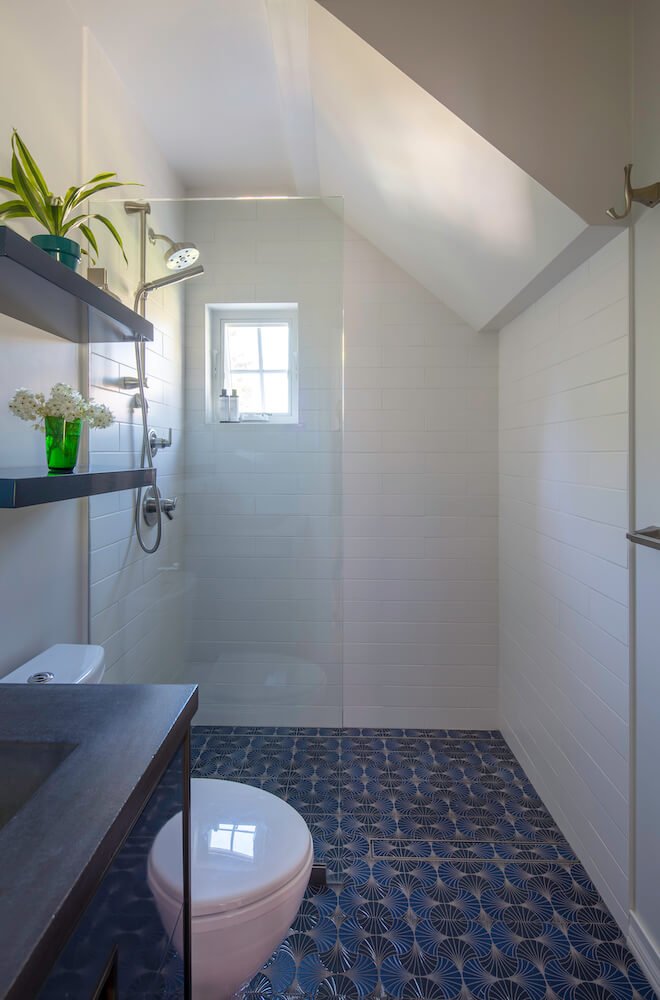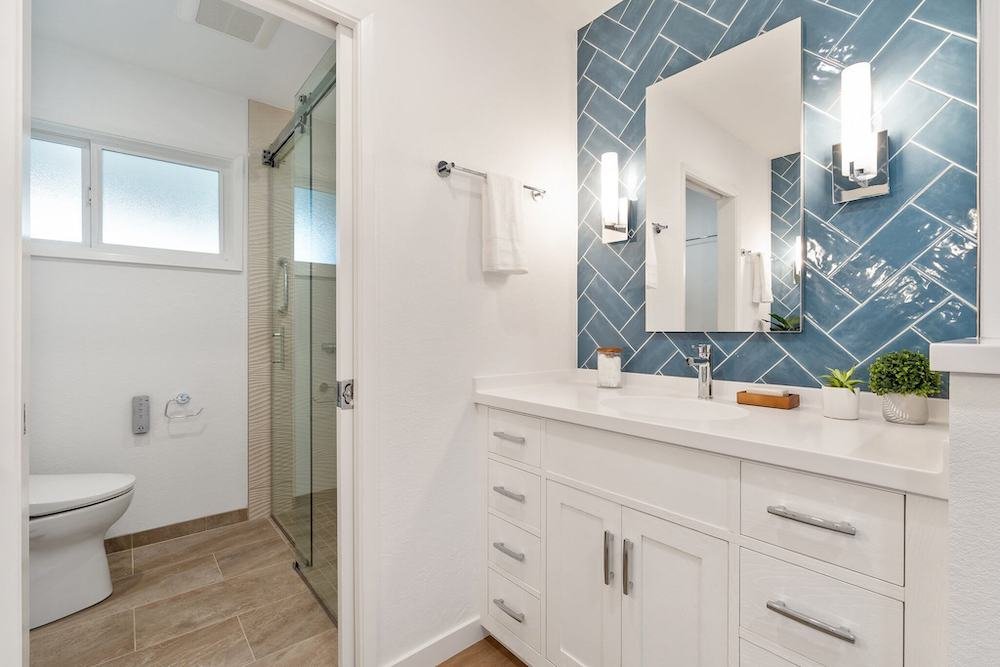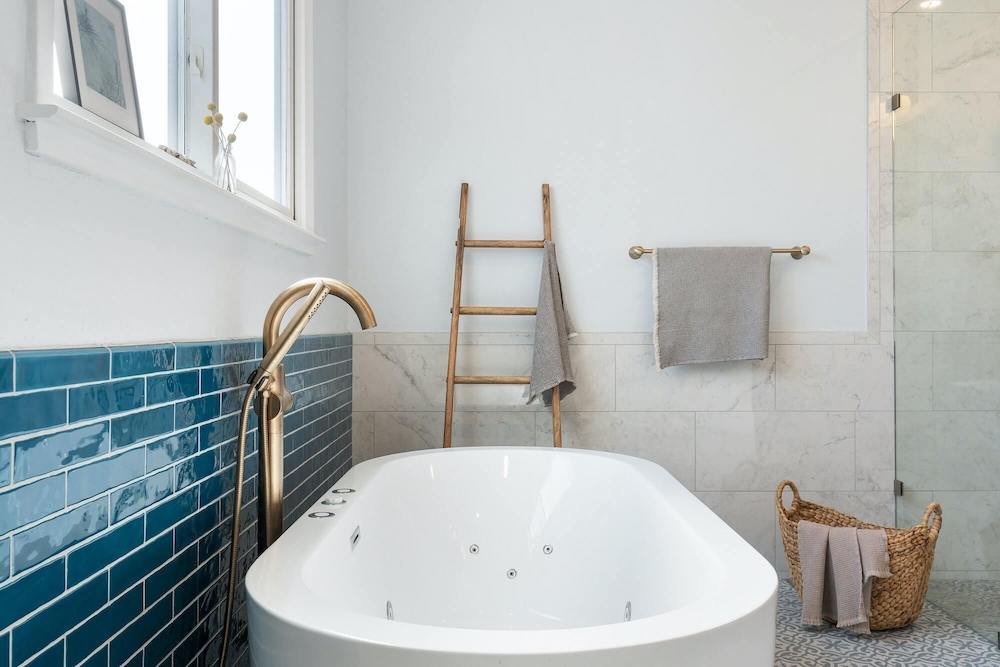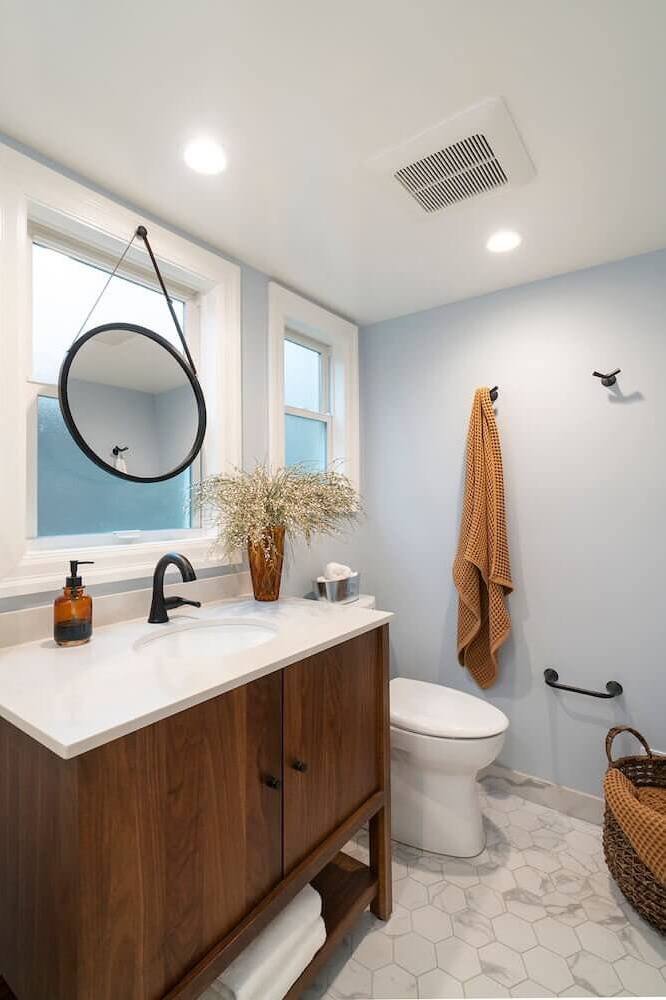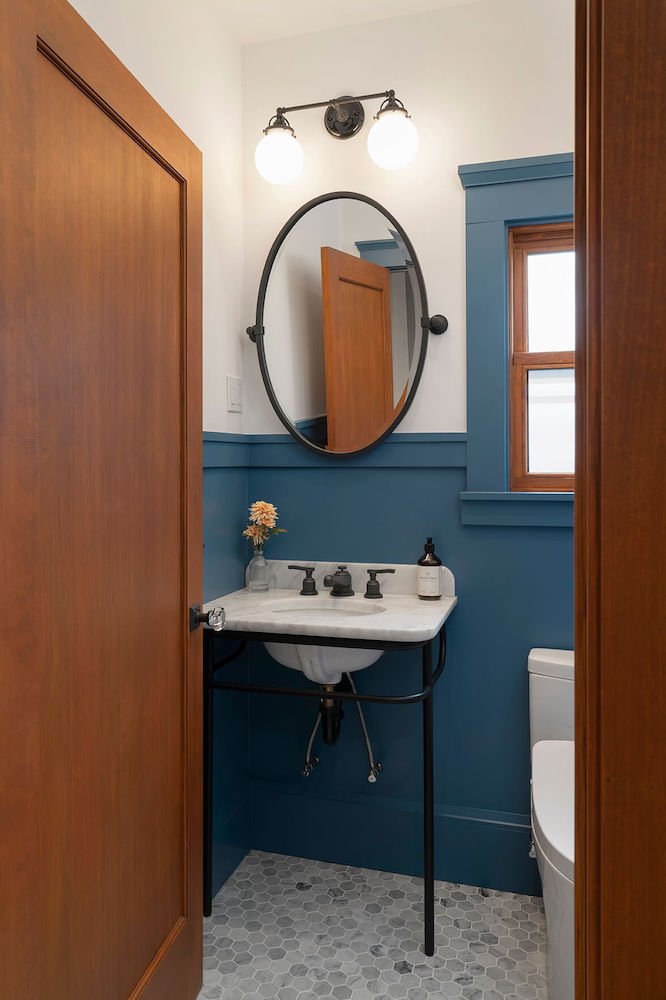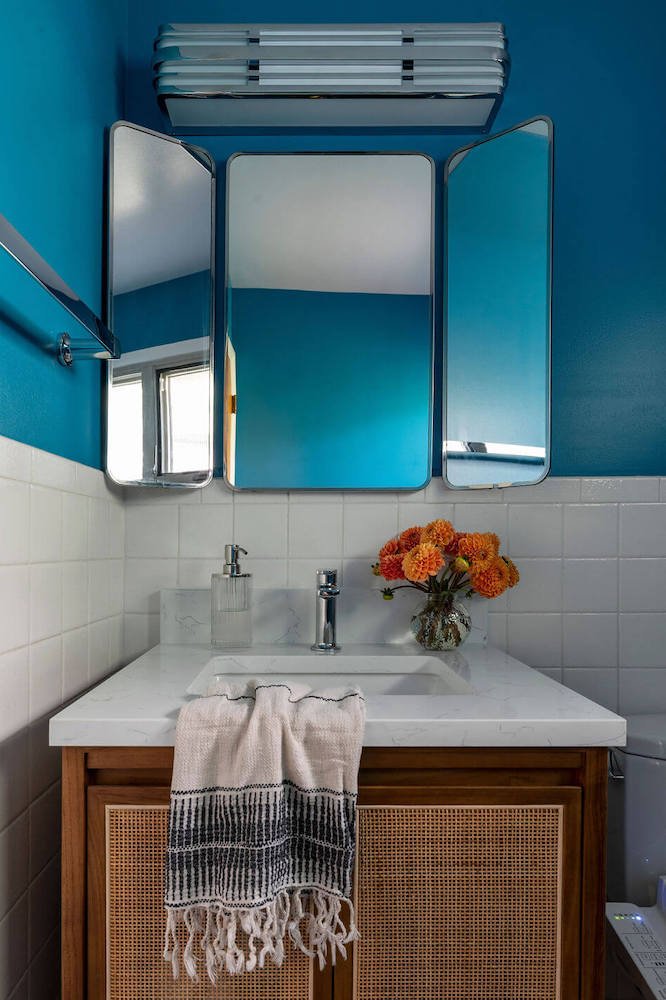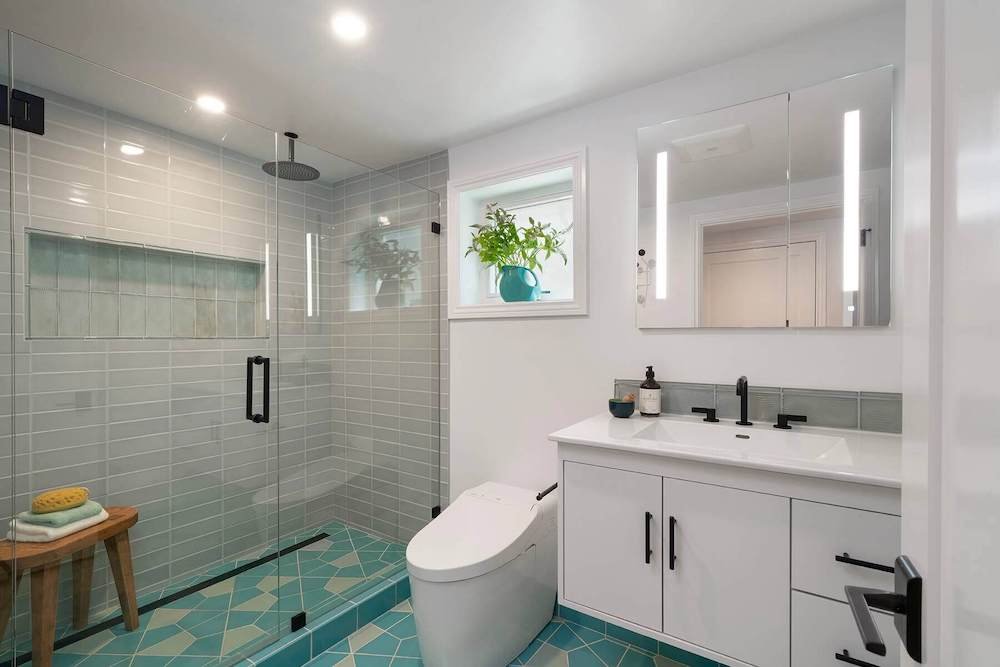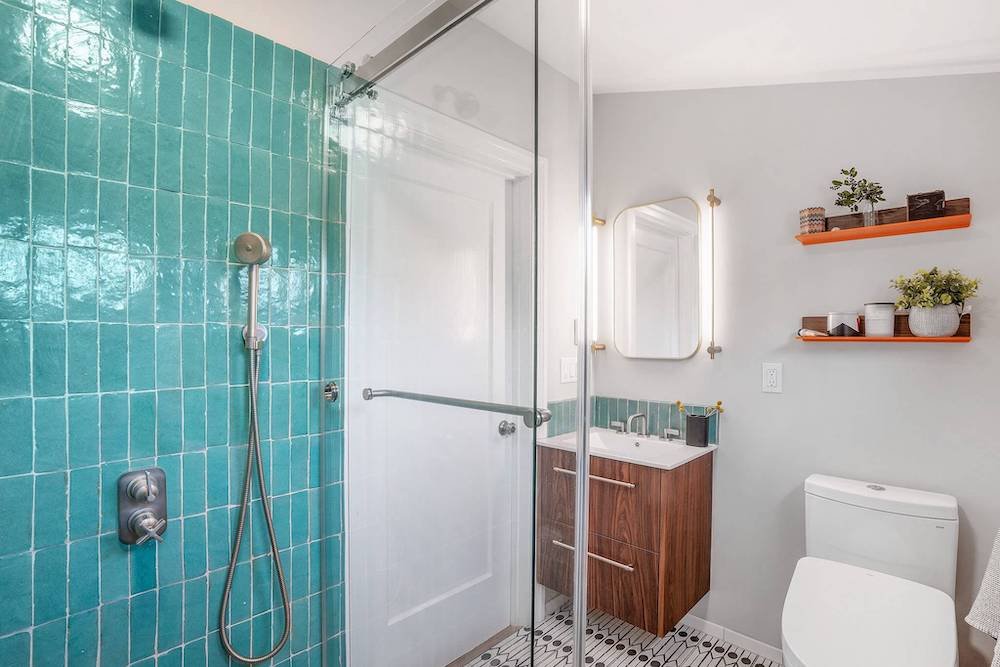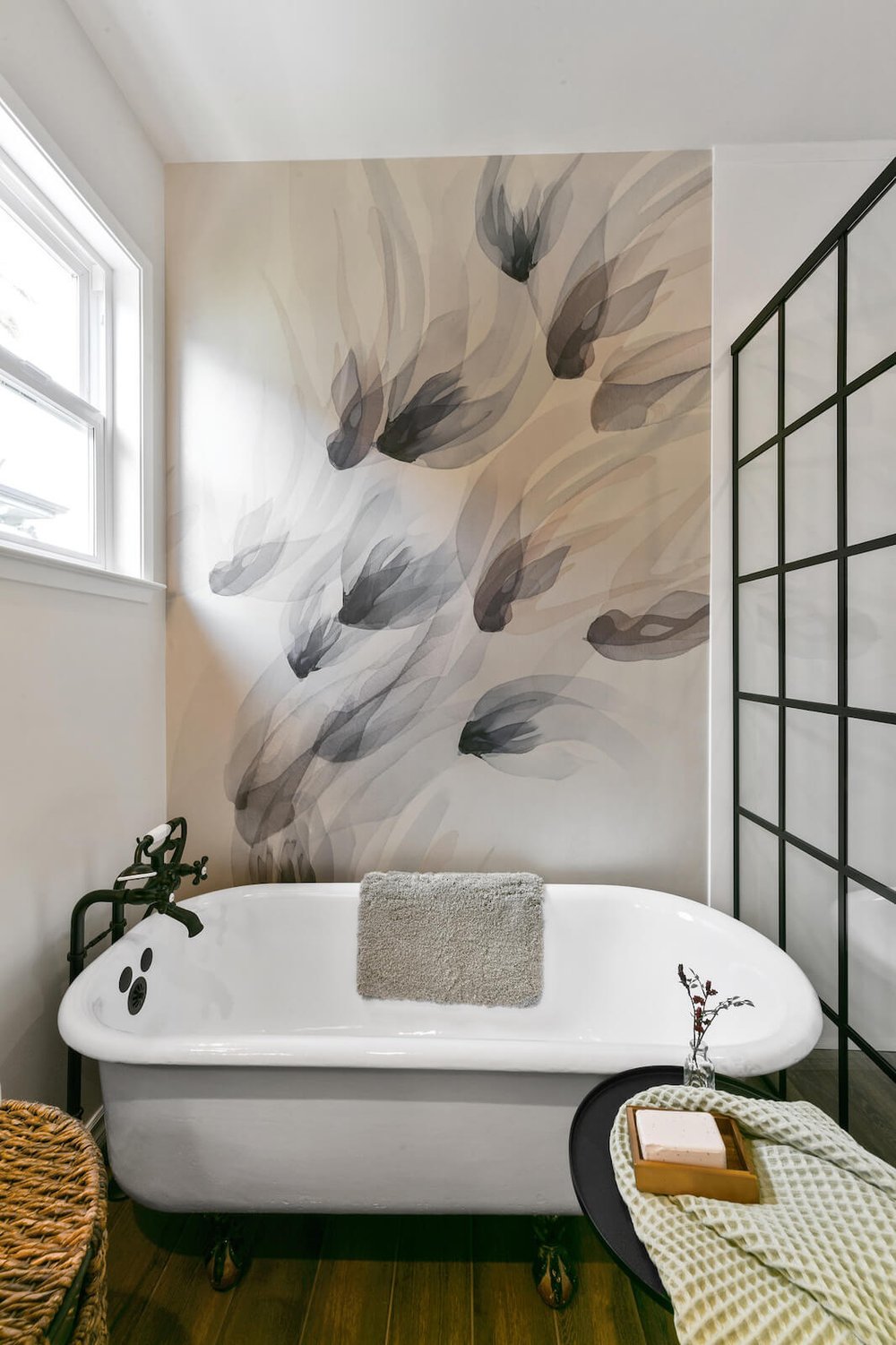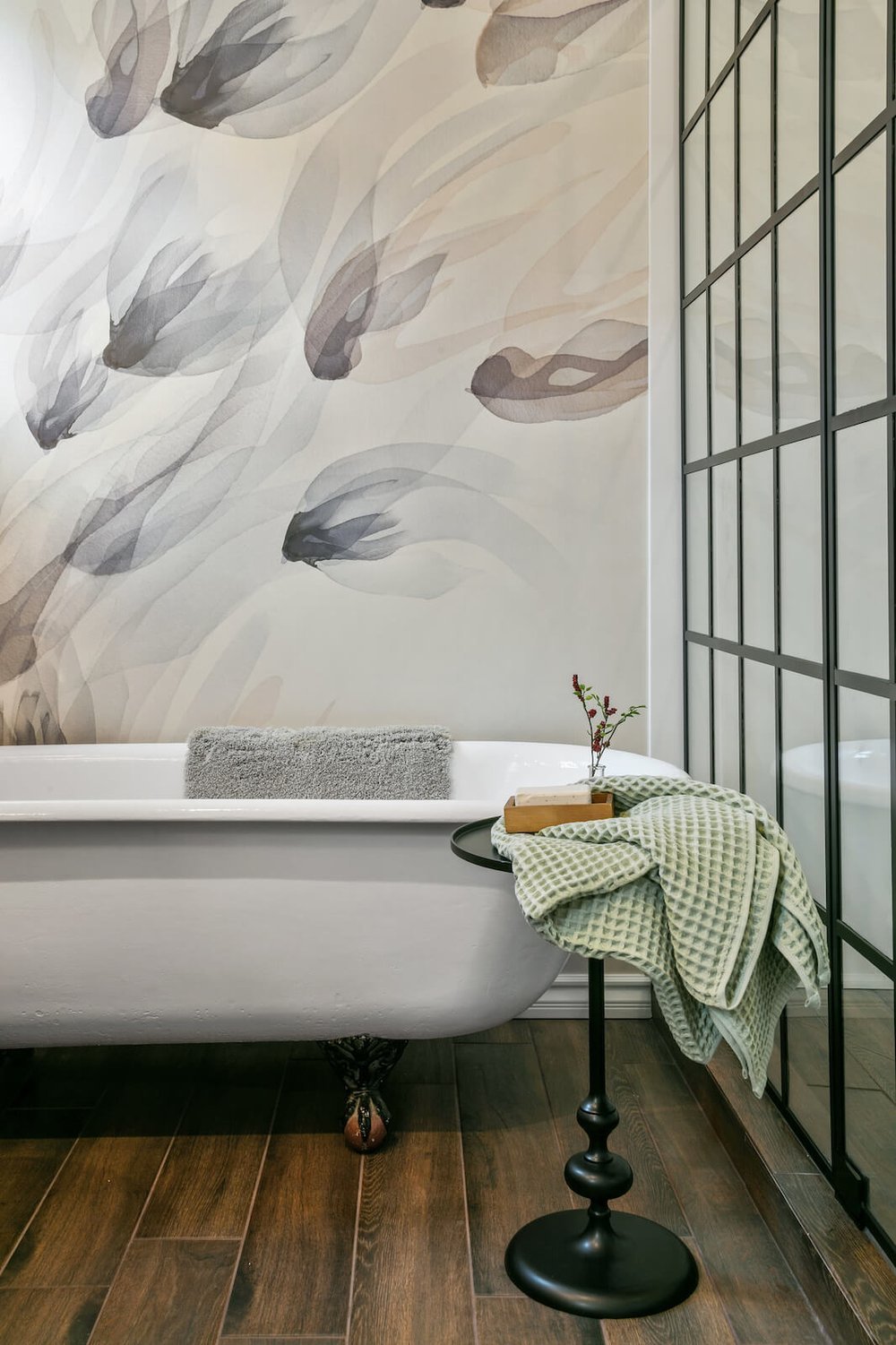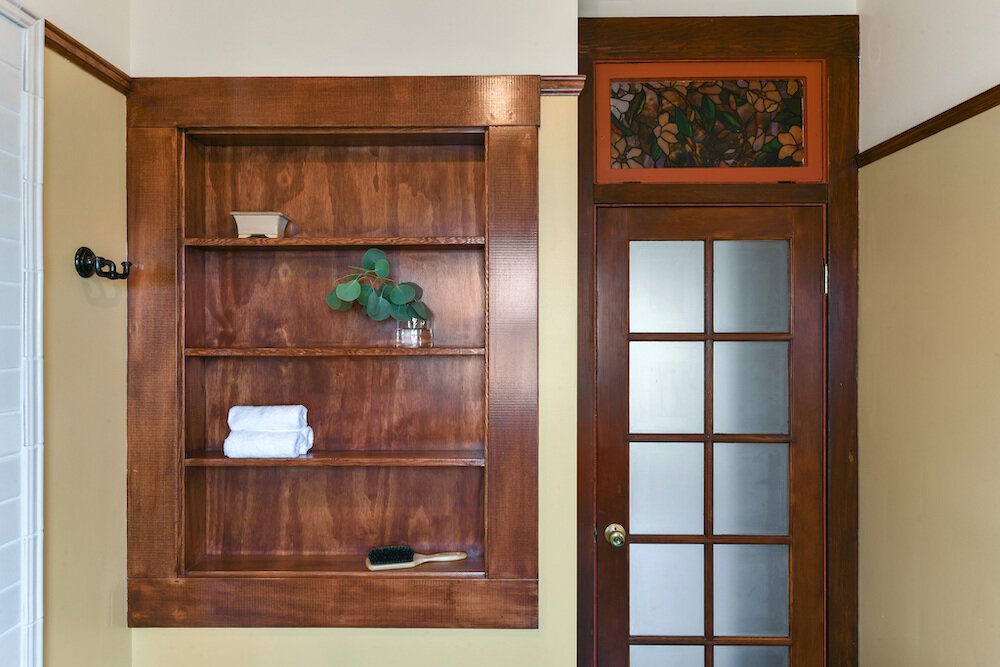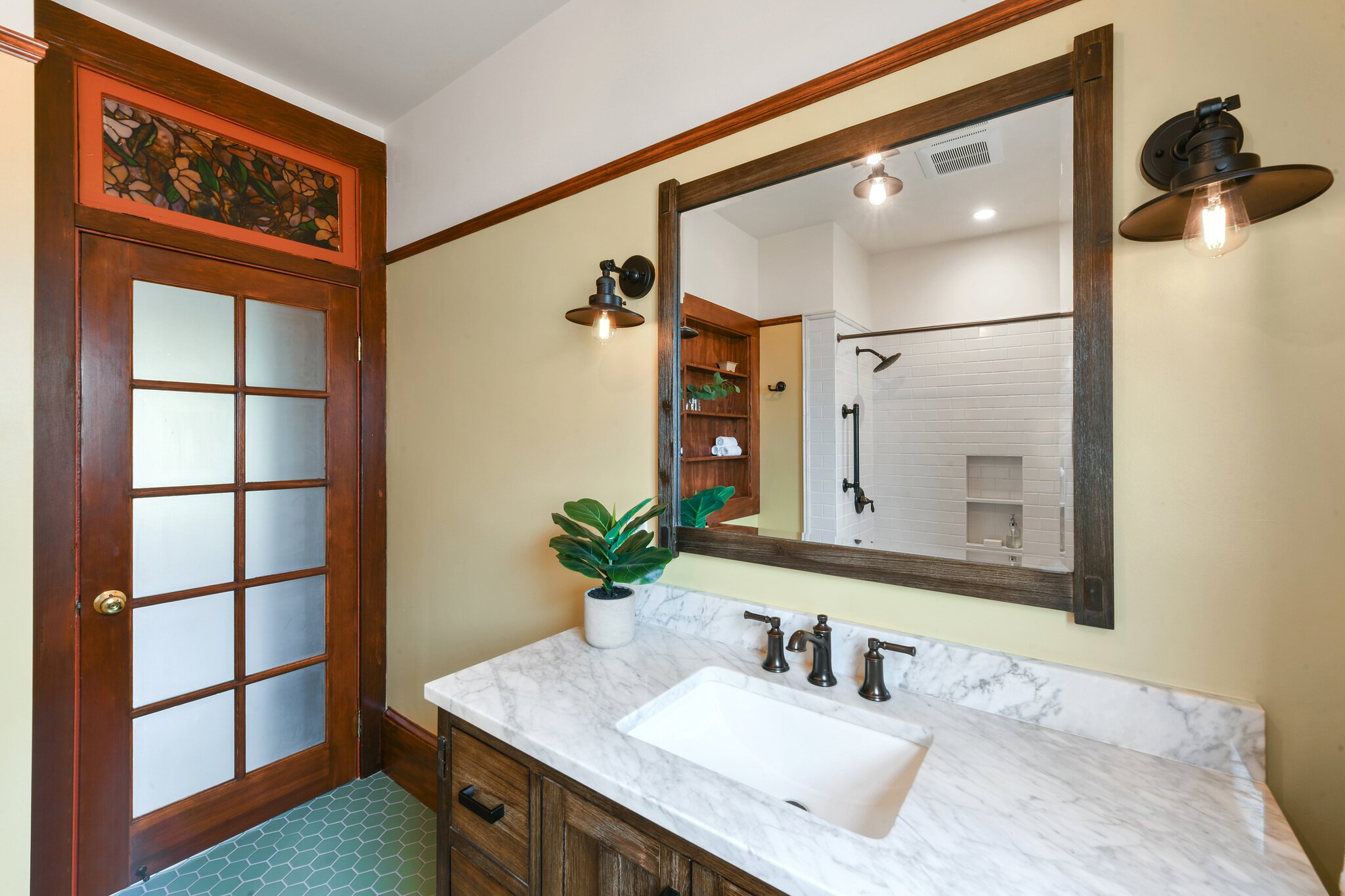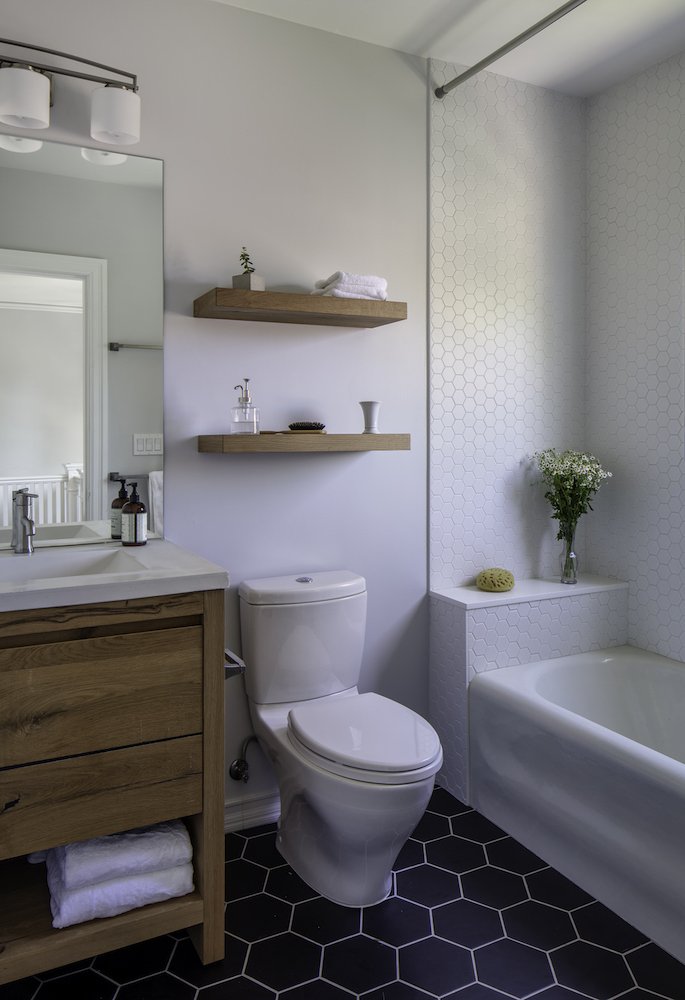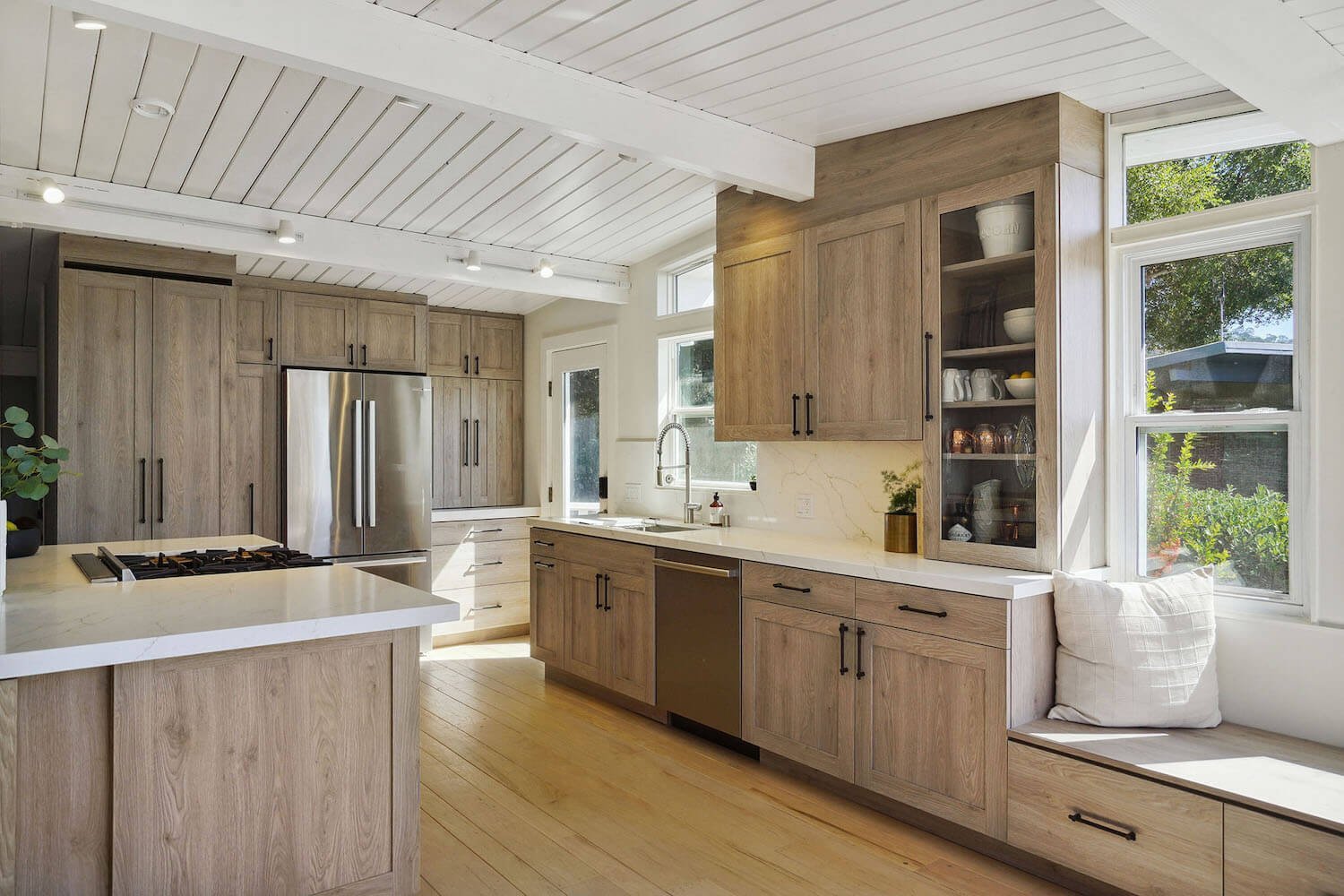Holiday-Ready Upgrades to Make Cooking, Hosting & Gatherings Easier
The holiday season is around the corner, and for many households, that means one thing: the kitchen becomes the heart of the home. From early-morning prep to Thanksgiving dinner and everything in between, your kitchen works overtime this time of year. And while great recipes bring meals to life, the right features can make the entire experience smoother, smarter, and far more enjoyable.
Whether you're hosting a full house or just looking to streamline your everyday routine, incorporating these smart upgrades into your kitchen remodel are worth the investment—during the holidays and long after the leftovers are gone.
Touchless Faucets: Clean Hands, Cleaner Workflow
When you're rinsing turkey brine or moving between chopping vegetables and checking the oven, the last thing you want is to spread mess onto your fixtures. Touchless faucets make holiday prep so much easier. With motion-activated technology, you can wash hands, fill pots, or rinse produce without juggling knobs with messy fingers. They promote cleanliness, convenience, and conservation—three essentials during a busy cooking season.
Additionally, two faucets offer even greater efficiency. The primary faucet provides convenience for washing, filling pots, and quick cleanup, while the secondary faucet can be dedicated to tasks like filtering water, prepping ingredients, or serving as a convenient bar/prep faucet when you’re hosting guests. Together, they support a smoother workflow, allowing multiple tasks—or even multiple cooks—to happen at once.
And for those who want to take kitchen convenience even further, pot fillers are another smart feature worth considering. Installed near the stove, a pot filler brings water directly to your cookware, eliminating the need to carry heavy, water-filled pots across the kitchen. It’s a small addition that makes a big difference—especially when you’re filling large stockpots for soups, pasta, or that holiday turkey brine.
App-Connected Appliances: Your Kitchen, on Command
Smart ovens, fridges, and dishwashers are more than trendy tech—they're game-changers during the holidays.
Imagine:
Preheating the oven from the grocery store
Getting an alert on your phone when the roast hits the perfect temperature
Checking fridge inventory while planning your Thanksgiving menu
App-connected appliances help you multitask effortlessly and keep the holiday chaos to a minimum.
Voice-Controlled Assistants: Hands-Free Help When You Need It
Timers, conversions, recipes, reminders—your voice assistant becomes your sous-chef during the holidays.
Ask it to:
Set multiple timers for different dishes
Convert cups to ounces
Add butter or spices to your shopping list
Play your favorite holiday cooking playlist
When your hands are full (or covered in flour), voice control is a lifesaver.
Smart Storage & Organization Accessories
You’ll thank yourself later for investing in smarter storage. Custom drawer inserts, expandable shelving, pull-out trays, and corner solutions help keep everything accessible—especially when you’ve got extra holiday cookware in rotation.
During Thanksgiving, when you're reaching for roasting pans, spices, Tupperware, and serving platters, organization becomes just as important as the food itself.
The holidays naturally highlight how your kitchen works—and where it could work better. These smart upgrades improve efficiency, enhance safety, and make cooking (and hosting!) more enjoyable. Even better, they continue to add value long after the holiday décor is packed away.
If you’re spending more time prepping, baking, and gathering in the kitchen this season, now might be the perfect moment to give yourself the gift of smarter, easier, more intuitive cooking.
Ready to Upgrade Your Kitchen?
If you're inspired to elevate your kitchen with smart features, thoughtful design, or a full remodel, HDR Remodeling is here to help. Our team specializes in creating beautiful, functional spaces tailored to how you live, cook, and gather.
Contact HDR Remodeling today to start planning your dream kitchen. Let’s bring your vision to life.


